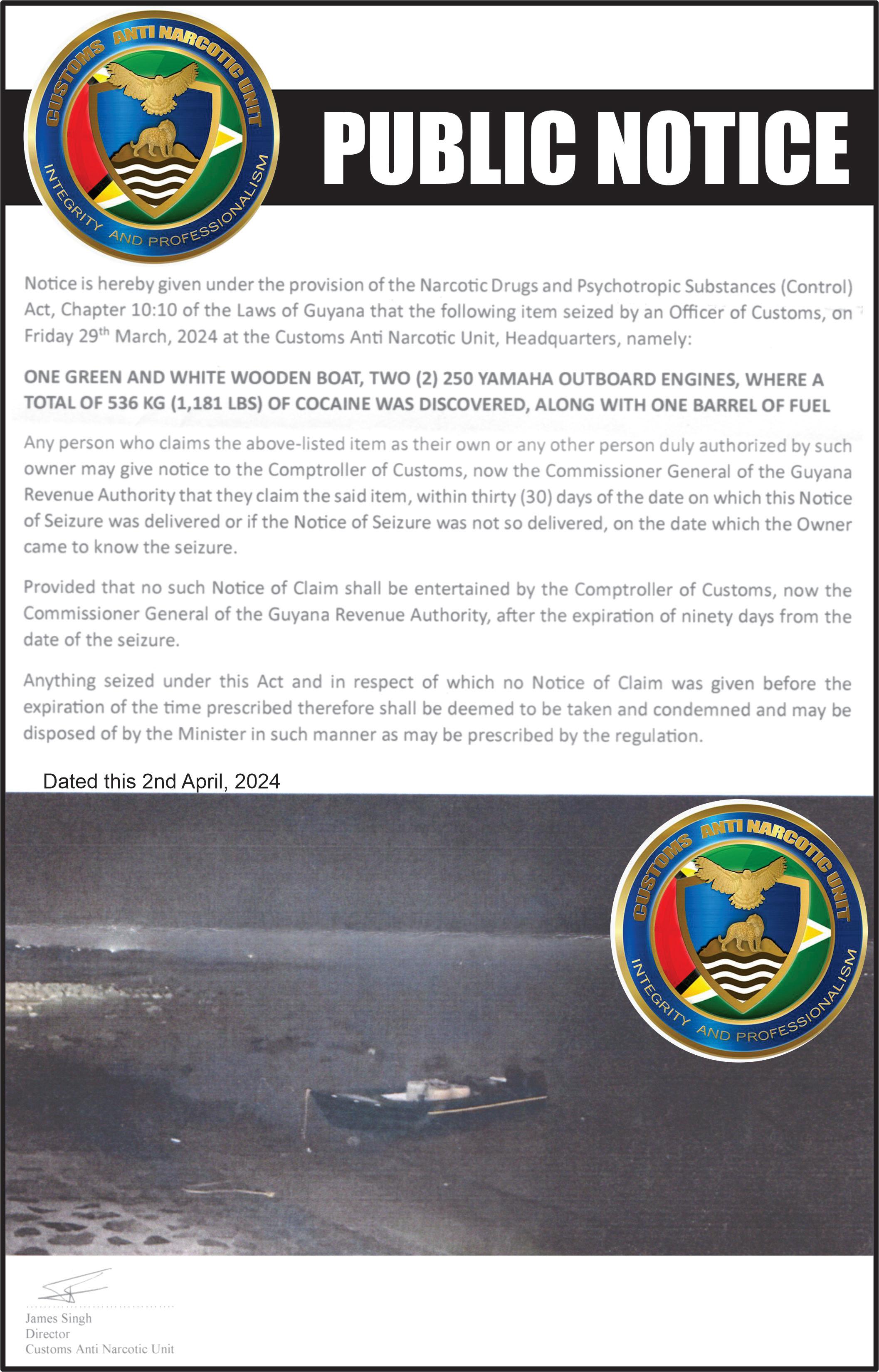‘Stifle
A guide to overcoming doubts and becoming your authentic self
Author of Stifle those Limitations, Tashi Browne



‘Stifle
A guide to overcoming doubts and becoming your authentic self
Author of Stifle those Limitations, Tashi Browne


THE recent death of veteran radio producer Lawrence Blackmore in Canada is being mourned by his relatives and friends and many others in Guyana and the diaspora who knew him. Lawrence
Blackmore was a radio producer par excellence at the Broadcast to Schools Unit for many years. He also worked in other areas of radio production in Guyana for years before he migrated to Can-
ada. His work in Guyana as a radio producer was extremely professional and had a positive impact on thousands of students across the nation.
Adults, too, found much pleasure in listening to the

radio productions of Lawrence Blackmore, especially the music chosen and played by the talented producer. In fact, Blackmore introduced many international recording artistes to the Guyanese radio listeners and even to his fellow co-workers. Veteran Broadcaster Sir Ron Sanders spoke of being introduced to the music of Lou Rawles and other jazz and contemporary recording musicians. The music of many other international musicians, such as the German band leader James Last, was first played on the Guyana Broadcasting Service (GBS) Action Radio by Blackmore. It was not surprising to learn that then Prime Minister Forbes Burnham was among the ardent listeners of Blackmore’s

musical selections on radio.
Good radio and television are usually achieved with dedicated and talented producers, who know how to select and broadcast material that really grasp the public’s attention and make radio programming interesting, entertaining, and informative. Blackmore was also known to have been a good co-worker and was respected by both his superiors and subordinates.
“I have lost a good friend of 56 years,” said veteran Broadcaster and diplomat Sir Ron Sanders who worked with Blackmore at the radio station and appreciated his work. Blackmore was very knowledgeable about a wide variety of music, and his radio productions were extremely popular with a
broad cross-section of the Guyanese people. His work was admired even by the late Mr Burnham, who actually spoke of his pleasure in listening to the musical selections of Blackmore.
Although Blackmore’s job was to “switch on the lights”, so to speak, he made listeners happy whenever they were at the other end of the radio sounds that he produced via his selection of recorded music. As a technical producer working with Celest Dolphin on the Broadcast to Schools Unit, Blackmore directly served thousands of young Guyanese in their education. Many of them are now living and working in countries worldwide.

The institution at the forefront of Maritime in Guyana and the extraordinary woman behind it
By Shaniya HardingColeen Abrams: The woman at the helm of MatPal MatPal Marine Institute Inc. is Guyana’s leading Maritime Training Institute. In many respects, it is the institution leading marine training in Guyana and building integral links between the maritime industry and the new oil and gas industry. Further, having sent out more than 6,000 men and women to sea over the years, the institution is the unsung hero of Guyana’s maritime field, and so is the woman at its helm.
Coleen Abrams is a mother of four, a wife, and the CEO of MatPal Marine Institute Inc. The institution has been around for the past 25 years, ISO 9001-2015 certified, locally content certified and accredited by the Maritime Administration Department of Guyana. The woman who has been the driving force of the institution for more than 19 years was born and raised on the West Bank Demerara. She has always known she wanted to give back, but as a young girl from Bagotsville, she never dreamed she would be in the position she is today.
Talking about her childhood, she shared: “I was a humble little girl, the fourth child to my parents, Mr. and Mrs. Fitz. I was always the kind of person who was a loner. Independent thinker, adventurous, wishing to explore and to be my usual self.
So, I grew up quite different from the average young girl... I grew up loving books like Westerns and adventure stories and such like… my formative years of school at St. Gabriel’s Primary, and then I went on to St. Joseph High School.”
Coleen knew within herself she wanted to do something meaningful for Guyana and its people. She ventured into higher education at the University of Guyana, where she completed her Bachelor’s in computer science. At the time, being the last of her family, her parents had very different aspirations for her. But keeping true to herself, she ventured into the networking field, where her capabilities were quickly realised and developed as she rose to the top of her field.
Coleen ventured beyond Guyana’s borders to educate others like herself. She shared: “It was in 2001 that I left Guyana to venture over into St. Lucia to explore other options because I just felt I needed to now give back. I needed to let others know and experience what I would have learned during my years as a computer systems engineer. So, I uprooted the young family at the time and was appointed as a lecturer at a college in St. Lucia. And so I was over there imparting to young Caribbean nationals in networking, in systems maintenance, data communications, and other areas of computer science and computer systems engineering. I was in St. Lucia for five years.”
Coleen described her years in St. Lucia. She described it as happy times when she was giving back in one of the most profound ways possible: educating. In 2005, however, things took a turn with the death of her husband in Guyana. Struck by tragedy, Coleen returned home to continue her husband’s brainchild, MatPal Marine Institute Inc.
Reflecting, she said, “It was one of those fateful days in 2005 - March 23, 2005, that I got some tragic news that he had passed here in Guyana. So you could well imagine, first, the shock, the numbness, the disbelief of knowing that I was there. I felt life was good, everything was ordered, everything was going my way, only to meet with such a tragic experience.”
Coleen returned to Guyana in August of 2005. Initially, she was indecisive about what role she would play in the institution. She was handed a business about which she had no real prior knowledge. Coupled with the fact that it was, and still is, a male-dominated industry, many people thought that Coleen would hand MATPAL over to someone deemed more capable. And for some time, so did she. “There have been times during that period, this period here, when I felt like giving up, giving in, because knowing that we’re dealing
with seafarers, we’re dealing with persons, with males mostly, and I’m a female in a mostly male-dominated industry, I had to rise to the occasion. I had to look deep within me and find ways to actually deal with challenges, with issues, and still keep MatPal afloat.”
The role of MatPal
Almost two decades later, MatPal has grown to become Guyana’s go-to maritime training institute. It has given rise to thousands of competent people in the maritime and oil and gas industries. One of the things that makes MatPal particularly unique is its training. The school trains persons from any point. Most of what the institute does is training to teach newcomers and those less equipped to join the field.
“We take persons from tertiary institutions, high schools, even persons who are semi-literate, and we train them up, we certify them according to international standards, so that they are able to take up meaningful positions within Guyana’s maritime, and of course now, our full-fledged oil and gas industry. So those persons are able to work onboard ships as ordinary sailors, as able-bodied seamen, as cadet officers, as shipboard officers, both on the deck side and within the engine room environment.”
In 2016, MatPal introduced its cadet programme, geared towards young people


with little to no knowledge in the field but rather those with a genuine passion. As Coleen stated, “So in the years to come, you will see a whole lot more young Guyanese who are taking up leading roles within Guyana’s oil and gas industry because of their exposure and because of their interaction with the training being offered here. And so our vision for the oil and gas industry is to continue to promote local content development, to continue to provide young skilled Guyanese who have the potentials and the competencies to function within the industry.”
The maritime and oil and gas industries are deeply intertwined, and both are male-dominated fields. Coleen’s ability to rub shoulders with men in the field and be respected took a whole lot of resilience and business acumen. She reflected on her earlier days, stating that finding her place in the field was just as hard as gaining the respect of the industry. “What I have found, once you earn that respect, then the rest after that doesn’t always become easy because you are still always being tested by newcomers in the industry, by persons who still may feel that, yes, this is something for a male to actually be engaged in. But what I’ve realised and what I’ve come to firmly believe is that there is equity as a woman; there is equity. I have upscaled myself.” Coleen is an advocate
and an example of self-discipline and development. She has worked tirelessly over the years to build her portfolio. Today, her influence is felt throughout the Maritime and oil and gas industries. But nowhere is felt more than by the women in the industry. MatPal prides itself on being one of the biggest players in getting more women into oil and gas. Coleen shared: “But with the advent of oil in 2015-2016, there was an influx of females. And I can say to date we have about 3 percent females who are not only showing an interest but who are actively engaged within the maritime and the oil and gas industry. Whereas before, there was probably not enough exposure, not enough publicity, not enough job opportunities for females because lots of vessels used to take only males for varying reasons.”
With the rise of women aboard vessels, Coleen believes that the industry will benefit from female involvement. She has seen and experienced first-hand the challenges and gifts of women in the field. To date, MatPal continues to see more women join the institution, many of whom are passionate and exceptional. As she stated, “Females are actually finding their place here, and they are realising that they are not only serious about what they do, not only focused but they are goal-oriented and therefore they are holding their own very well among their male peers. In some instances, they are even outshining their male peers. They are exceptional.”
WARREN Barlow is no stranger to community work, and for decades, he has been empowering youths in depressed communities through motivational talks (socially), sports and educational programmes. He has been upgrading the lives of youths for as long as he can remember, and it is something he holds very close as a religious leader whose aim is to educate and uplift youths.
As a religious leader, he is also an Imam and holds a full-time job, but community work is his pride and joy, and he has invested many years to lift youths out of helplessness. He has provided a platform for them and has been a guiding force for the youths of Albouystown and other villages who need direction for a positive change in their life choices and to make them marketable for gainful employment.
Barlow grew up at Hogstye, Corentyne, Berbice and attended the Alness Primary School and then went on to Winifred Gaskin Secondary School at Manchester village.
Giving a background to his academic achievements, Barlow reported that he successfully obtained a Bachelor’s Degree in Agriculture, went on for his Master’s Degree, and is presently doing his doctorate in sustainable agriculture, which is nearing completion.
He added that he is also pursuing two postgraduate courses.
Barlow served as the Principal of the Berbice Islamic School from 2005 to 2012. In the same capacity, he served at Guyana Islamic
Often Barlow would put up a big screen television on the masjid’s compound to entertain youths. Through motivational talks, he would assist them in making better life choices and developing themselves into role models. Barlow would provide refreshments at such meetings and sports activities on the grounds of the mosque, providing a safe space for youths in the community.
Trust Imam Masjid and Najm in Albouystown from 2012 to 2017. He has been attached to the National Agricultural Research and Extension Institute (NAREI), Mon Repos, East Coast Demerara as the Training Manager for the entire facility since 2021.
Community work
Barlow has been actively involved in community work for decades. He started in 2012 in the city and began that journey when he was living in Berbice. He has been in the religious field since 2003. Barlow did tremendous community work with the youths in education development, had extra lessons in place and participated in relief efforts with residents.

Barlow told the Pepperpot Magazine that volunteerism has been a part of his life for a long time and he enjoys doing it even if it means he has little or no time for personal recreation. Having developed a deep love for working with underprivileged youths, he partnered with the Guyana Police Force (GPF) to conduct educational programmes in terms of skills training, sports, and motivational talks.
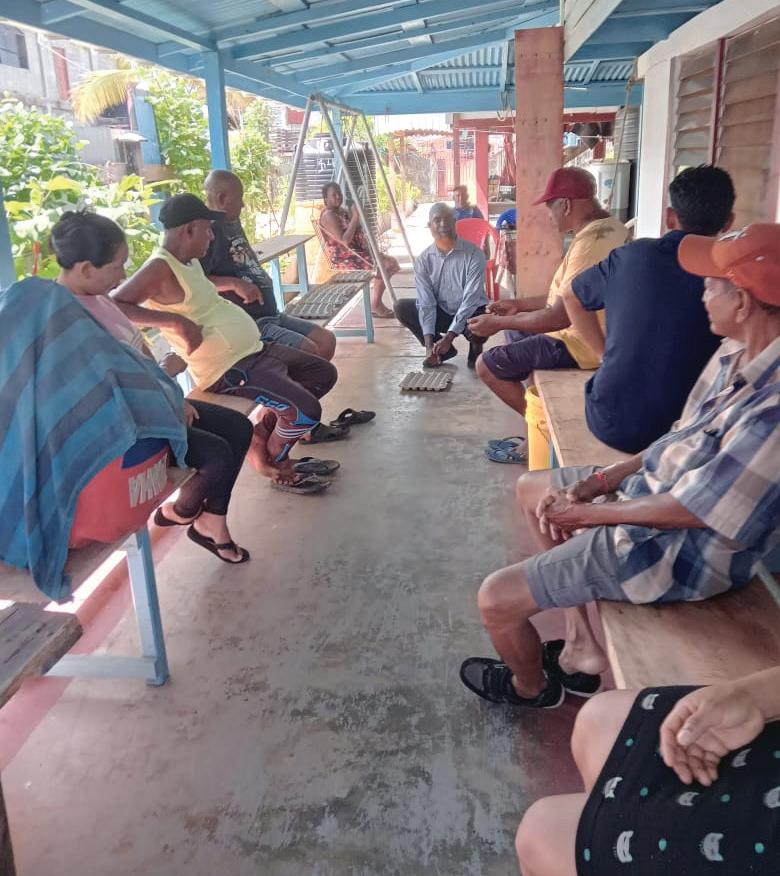
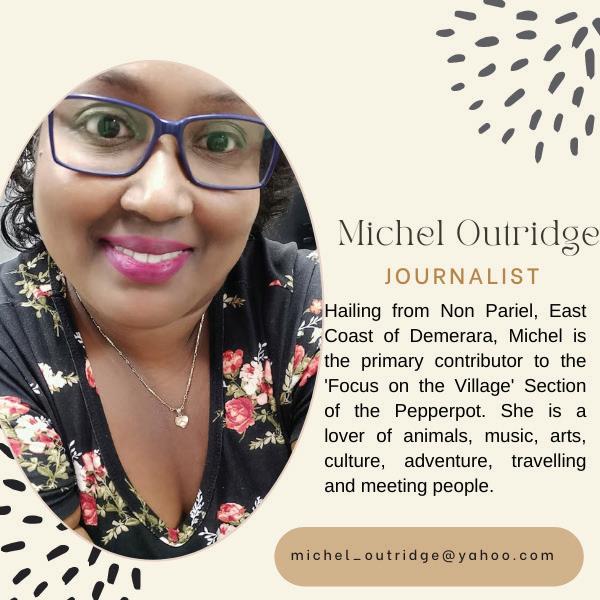
people from all across the country, Barlow participates in social and educational programmes for youths.
For his community calls in Albouystown, youths are engaged in basketball and football competitions, among other sports activities.
Barlow was awarded the Ambassador for Universal Peace Federation in 2013, having been recognised for his selfless acts of leadership and volunteerism.
During Barlow’s visits to depressed communities, he started his food hamper and clothing drives with the Police Youth Group Impact Albouystown. He is the official imam for the Guyana Police Force and Muslim Chaplin for interfaith activities, and in his bid to reach out to
“Community work has consumed my life from a young age as a religious leader and upstanding member in society. I am often called upon to lead and I enjoy working with youths from all walks of life. It is meaningful work, and it doesn’t bother me that I have given up so much of my time assisting others. This is what I do, and this is what makes me happy, but it is also about empowering others,” he said.
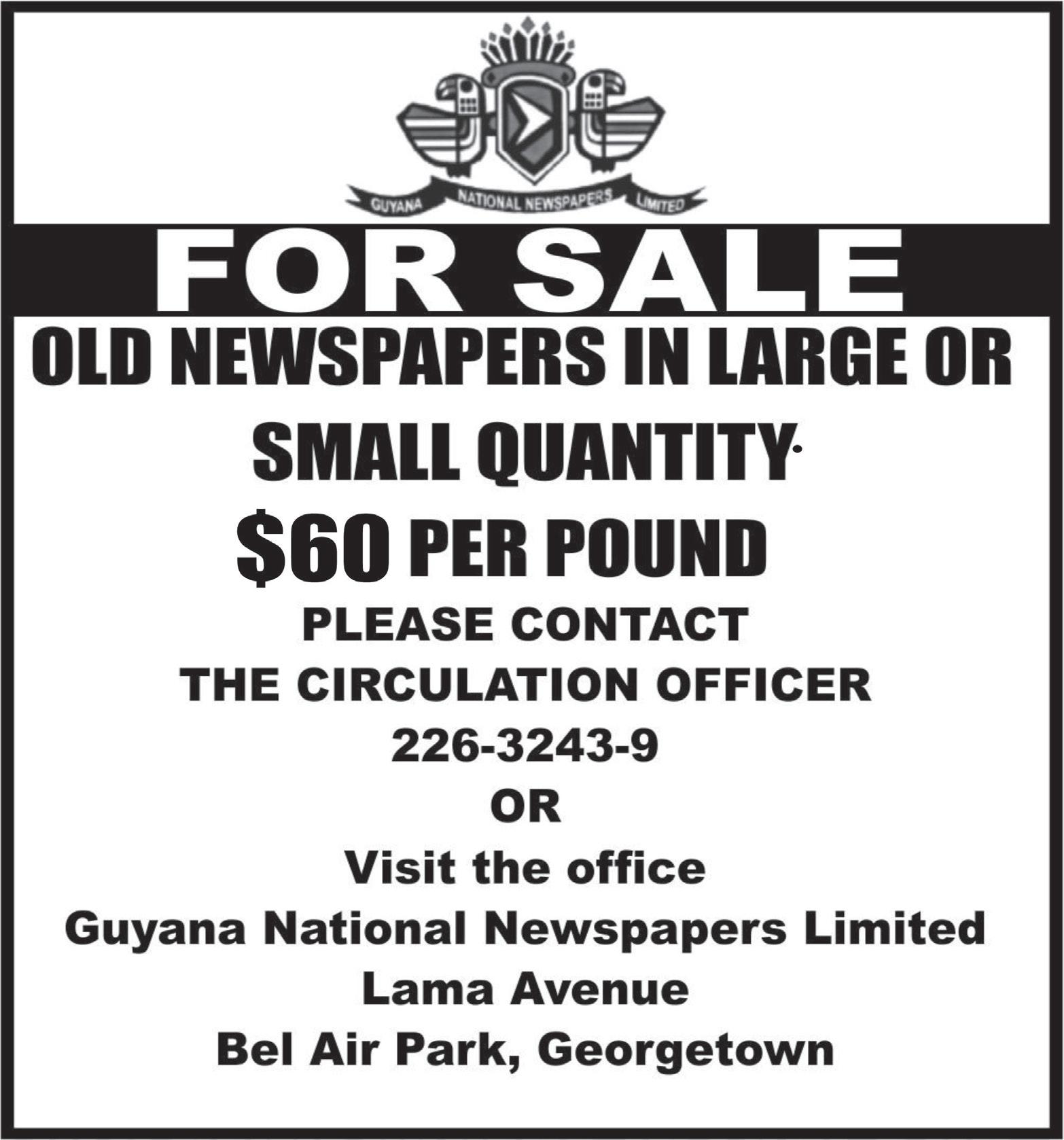
EXPERIENCES play a vital role in shaping people’s personalities. From a unique adventure to a surprising encounter, each experience leaves its mark, and many people may immortalise these moments. Some may take a picture or make a note in a journal, and a few individuals write books. This is how Tashi Browne’s newest book began. A frightening experience impacted her and completely shifted her view of life and the limitations peope create. Upon returning home, she began noting what she learned after confronting her fears. Her book, ‘Stifle Those Limitations’ tackles self-doubt and personal growth. Tashi chronicles how a single experience changed the way she pursued her ambitions. “Stifle Those Limitations” provides insight into what Tashi had learned about confronting personal fears in an effort to change.
Who is Tashi Browne?
Tashi hails from the captivating county of Berbice. At an early age, she understood the importance of education and the role it played in self-growth. She ventured into biology and education, then gained her master’s in public health. However, this was only the first step on her journey of adventures and opportunities. Currently, she is spearheading her own business endeavours. “I also have a business that I own, Strategy Pro, where I’m the lead consultant for that business, providing consultancy services for companies in the area of project management, quality management, and strategic management,” she shared during an interview with Pepperpot Magazine.
Author of Stifle those Limitations, Tashi Browne
Tashi’s writing journey began quite some time ago without her involvement in a speech competition. She was eventually awarded the chance to represent Guyana at the Caribbean level. She explained her journey navigating the waters of writing: “I had the opportunity to represent Guyana at the Caribbean level, but a follow-up into last year, which was in 2017. I decided that I was going to give it a shot once more. And at that time, I represented with my speech title being, ‘Stifle Those Limitations’ and I participated in the contest and made it through to a different level, all the way to the national level. And then I won and needed to represent Guyana.”

Being afloat on a boat in unfamiliar waters with little to no knowledge of how to swim is bound to intimidate anyone. But in Tashi’s case, she used this moment to reflect and dig deep within herself to break limitations she never even knew existed. Recounting the experience, she stated, “I was in a boat with some other persons when the boat got stuck in the middle of the river because the engine got caught in seaweed. And so when that happened, we started to drift, and in that
moment, I was so nervous and in a panic state because I cannot swim.”
Tashi returned home with a new perspective. The experience had impacted the way she saw many of life’s challenges, and she began building on the words she had heard during the experience. As she stated, “While that was happening, I heard the words that, you know, ‘Dominion cannot work in us if we don’t activate it.’ And when I came back from that experience, those words kept playing in my mind. And I just kind of started building up from it.”
Tashi quickly realised that her jotting and notes were developing into their own story. As she explained, “I just started to, like, write it in a book. I had a notebook, and I was just writing and making notes in it. I had no idea that, you know, I wanted to write a book or that jotting that down because I felt like this information was there. Maybe I should just write it down. So I did just that. And as it started to build out, I said, you know what, let me put a structure to this process.” She said. “I did that as well, and I started to build it out, and then I realised that this thing is actually sounding like it could be a book, or it’s for me. So that’s where I started to actually build out the process of letting it be a book.”
‘Stifle Those Limitations’ greatly focuses on overcoming fears. Tashi stated that her readers are people with fears and ambitions just like her. “But generally, the book is for persons that, you know, have the potential and have a dream and believe that we’re afraid to go forward and achieve those things,” she said. “There are so many things that prevent us from being all that we can be, specifically things that limit us. And so the idea of the book is for us to recognise that these things do exist, but what can we do to ensure that we stifle these things, like really choke the life out of them so that they don’t overpower us and we’re able to walk in the direction that we want to go.”
Understanding what it means to navigate fears in the business realm as a woman, she said: “I want to encourage, especially younger women, to dream big and to allow themselves not to be afraid to achieve those dreams. And really and truly believe in the possibilities that exist for them.” Tashi is currently working towards placing her books on the shelves of bookstores in Guyana. ‘Stifle Those Limitations’ is also available on Amazon.

THE community of Swan is perhaps one of the oldest and most well-known villages along the Soesdyke-Linden Highway. Home to approximately 1,000 people, Swan continues to see its population grow on the back of development. Beginning as an Amerindian community, the village has evolved to become a richly diverse place. People from all walks of life have ventured into the community in search of new opportunities. Swan has seen a plethora of changes in recent times.
Facilities such as education and health have been brought into the community. As the village’s leaders continue to strive for development, they also emphasise what has already been accomplished. Swan, like so many other Guyanese communities, has seen change because of the passion and drive of its people. The Pep-
perpot Magazine sat down with the community’s Community Development Council Chairman to discuss Swan’s next steps.
Swan’s development through the years.
The village of Swan is among the first communities along the highway. Venturing into the community would take one down a mile-long road. Although not in central Georgetown, because of its location, Swan is considered far more accessible than its counterparts. The Chairman of the community, Finton Rajonauth, is a longtime resident of Swan. “Our community is located in a very popular area; we are very close to Georgetown,” said the Chairman, underscoring the village’s convenient location.
Swan is among Guyana’s growing communities. With growth comes diversity. The Chairman and the rest of the village welcome the change.
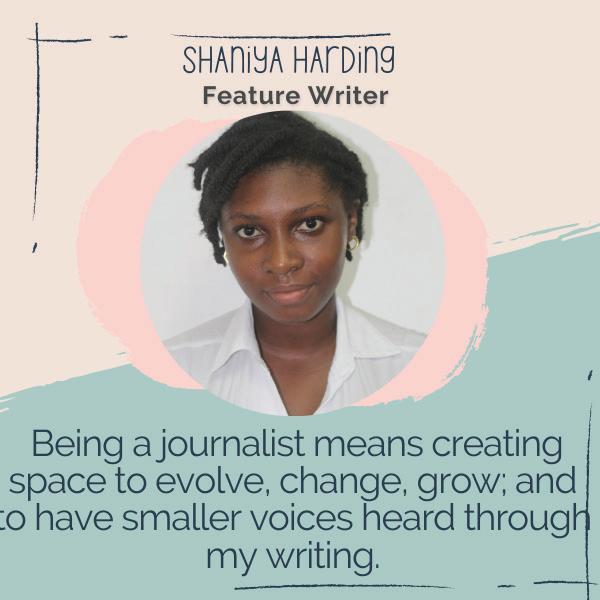
The community of Swan’s primary and nursery school.
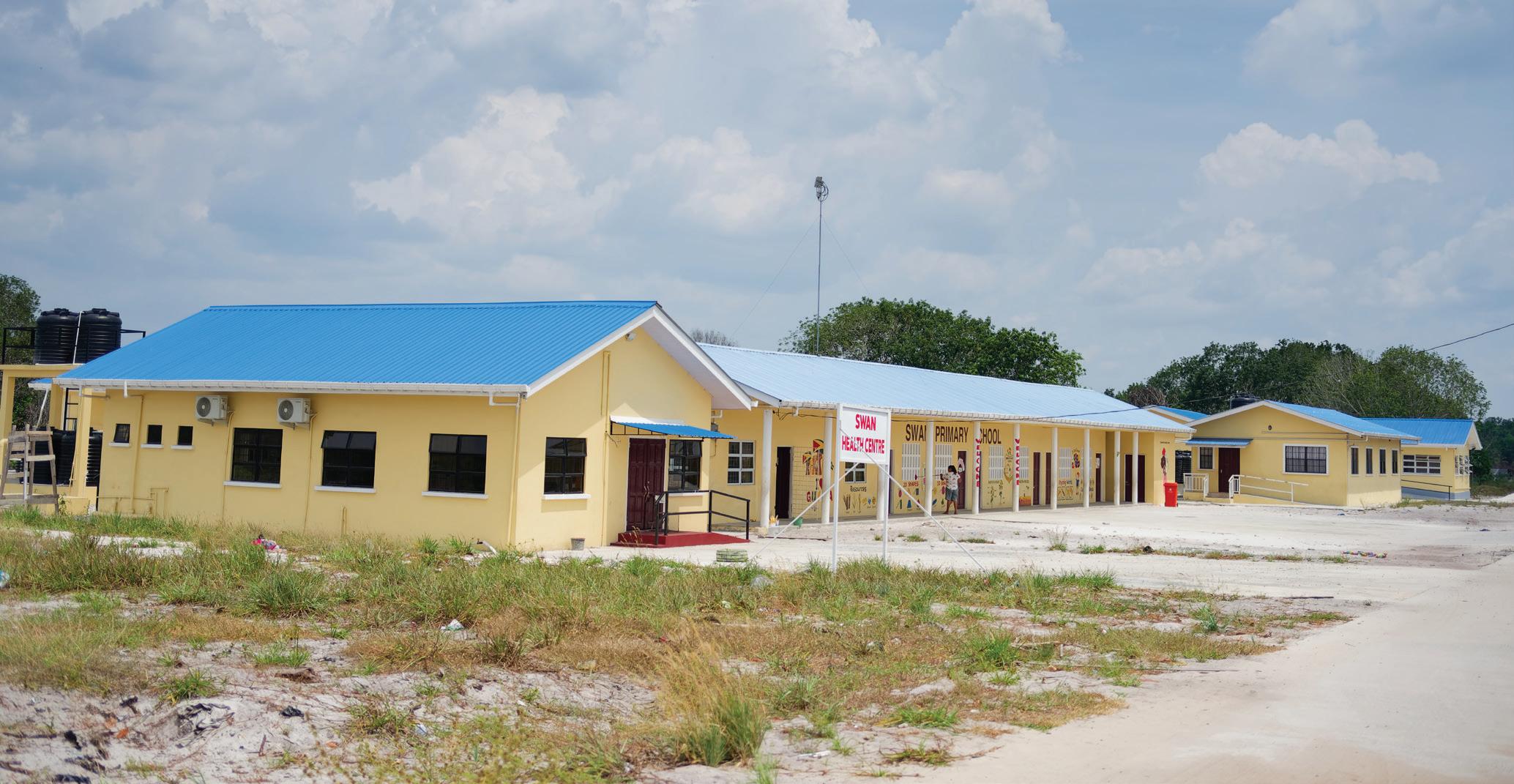
“So far, our population in this community should be now close to 1,000. The past two years, our census was 795,” shared the Chairman. He stated that perhaps one of the reasons people are seeking
to settle in the community is due to its new necessities. “The place is a very quiet place; we have in the school. We received a new school too not too long ago, a few, I think it was a year and a few
The community of Swan’s newly commissioned information hub.

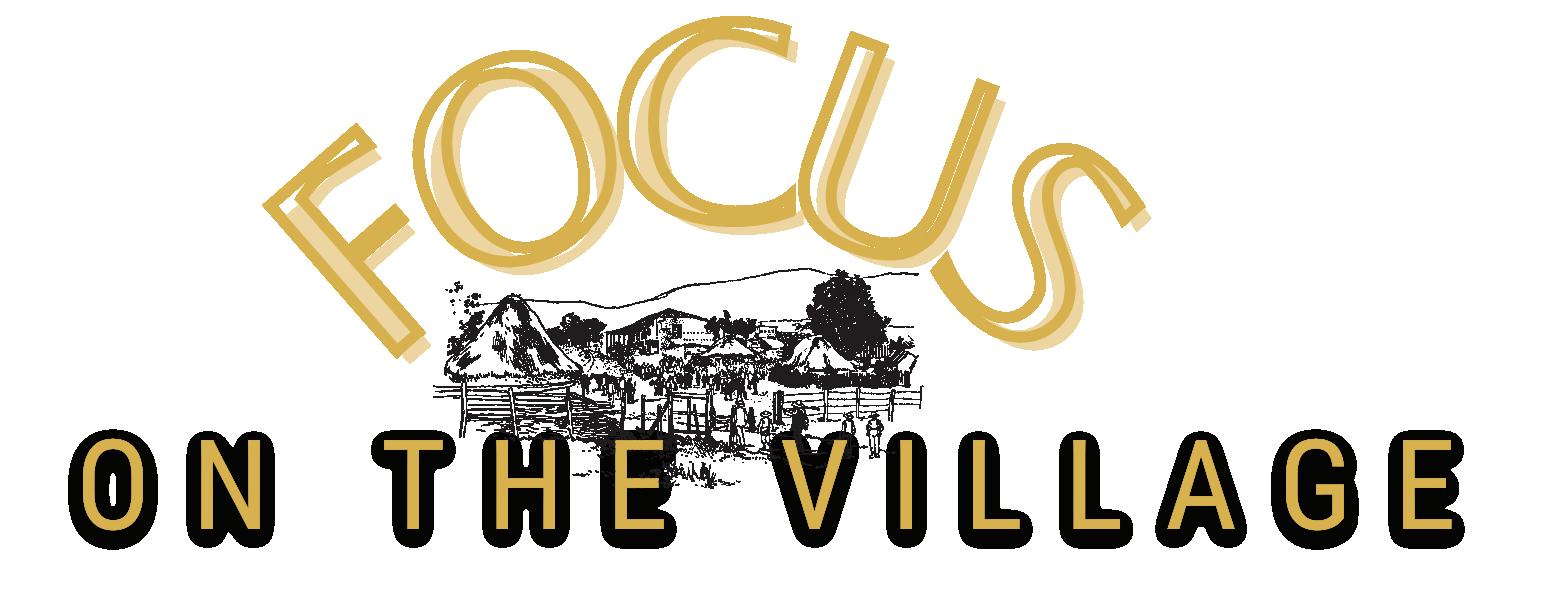
months.”
Swan is known to be among the oldest Amerindian community. However, the village has seen unprecedented success and change throughout the last few years. One of these changes is the addition of the nursery and primary school. “The nursery school is now finishing; also, I think it is finished, ready to open, and that is very good, and

The community of Swan’s chairman, Finton Rajonauth (Samuel Maughn photos)
that is something really nice for our village,” the Chairman called this a big step for the community. As he further added, “We don’t have to go out to meet health; we don’t have to go to meet education. We have it right here in our village.”
Water is another hurdle the community has overcome in recent times. Although it is located just a few miles
from Soesdyke, Swan did not have a functioning water system for many years. This issue has been resolved, much to the appreciation of the villagers. The Chairman shared that, “We have received better water systems over the past few years. Before, we had to use water from the creek or stream.
THE bright, winding streets bustling with a captivating mix of people and booming entrepreneurship are just a few things that draw people into the community of Swan. Located just off the Linden Highway, the village has seen tremendous development in recent years. But the community’s step forward goes far beyond infrastructure. The community has grown, and it continues to break barriers.
Swan originated as an Amerindian community founded on agriculture. Today, the village has changed since its inception several decades ago. As it is known today, Swan was once in a
Old Swan as being more reminiscent of a forest rather than a community. Villagers like Rouel Bowerie say that land clearing was the biggest issue facing new settlers. As he stated, “When we first came here, it was just plenty of bush. We had to chop and clear the land; here was like a forest.”
Today, Swan is the furthest thing from what was. The village paints a picture of a welcoming suburban neighbourhood. With its quiet, clear streets and picturesque surroundings, Swan has undoubtedly become one of the best places to raise a family. This is a sentiment Rouel shares. The Pepper-
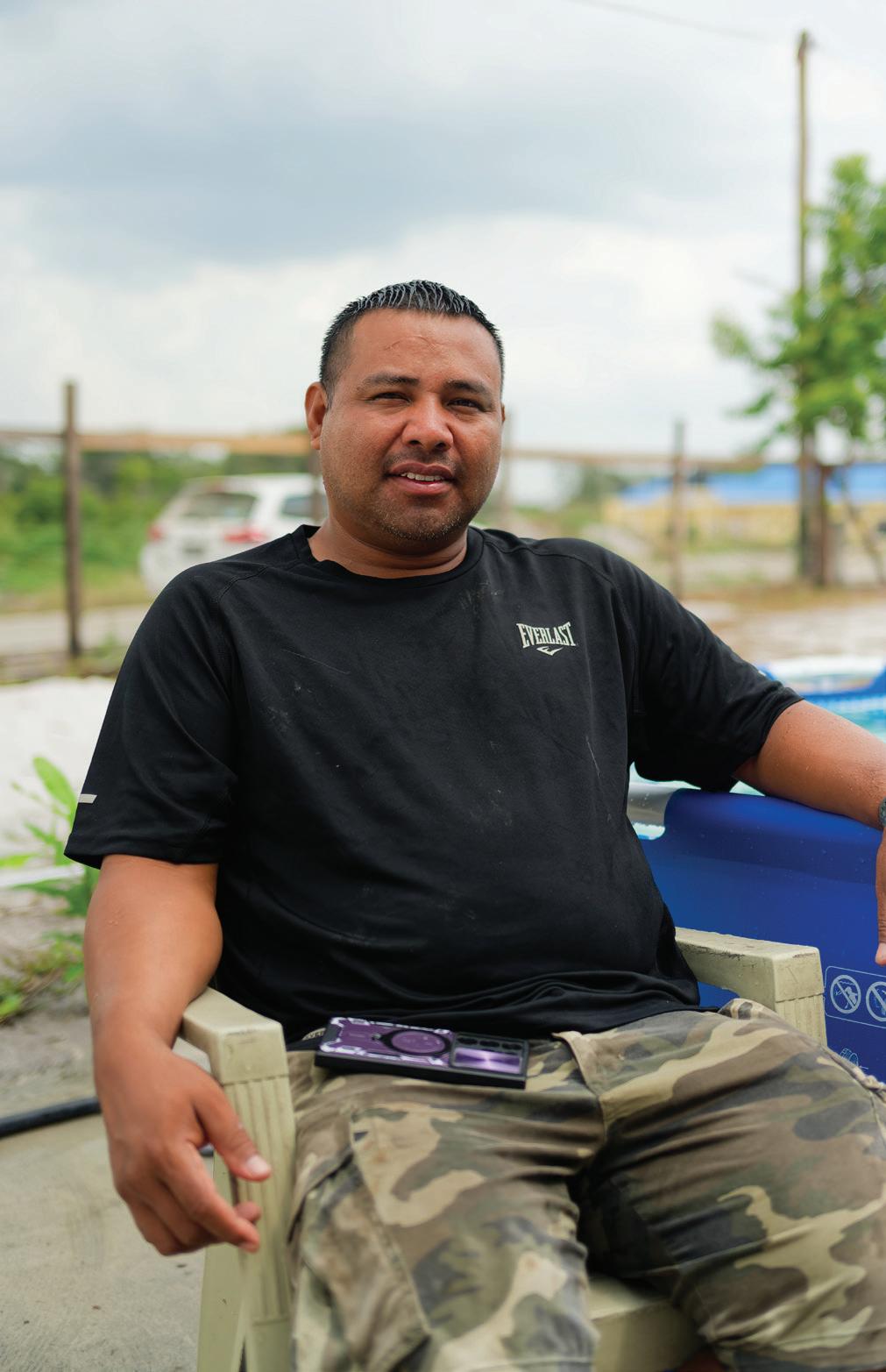
different location, an area the residents call ‘Old Swan.’
Although popular, Old Swan has its fair share of challenges but still saw a growing population. The recently populated area is interestingly called New Swan. This very name shapes the community. Swan today is one of the most rapidly growing villages in the region. And as the people continue to come, so does change.
Many villagers described
‘That’s how we live; we help out one another’
Some children of Swan village playing in the streets
Maughn photos)
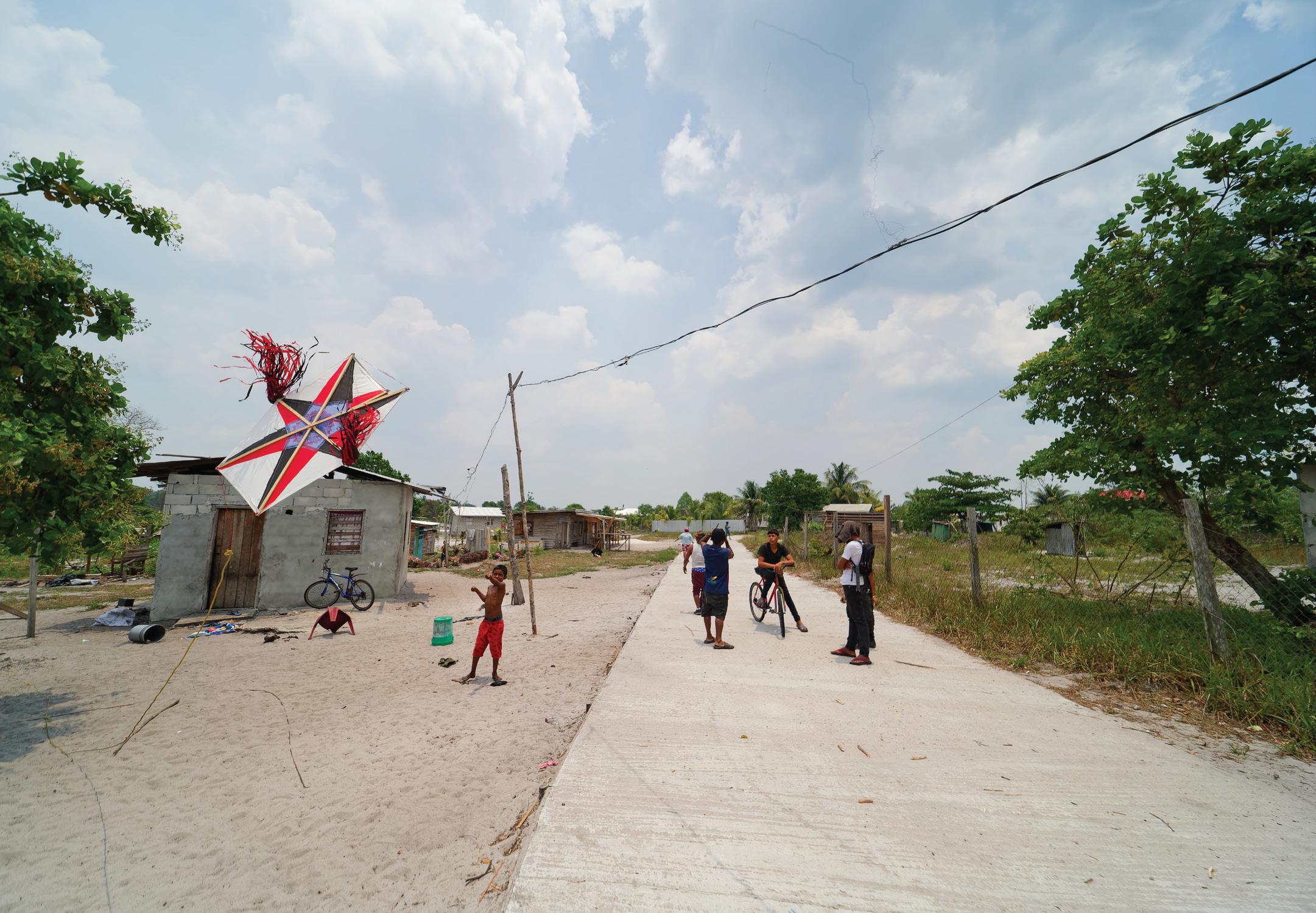
move permanently was made. As Rouel shares, “I had this land in Swan since I was 17. I am 35 now. I used to come here, but it was just recently that we made the decision to move.”
both schools and the health centre are already set to open this year. Both facilities are staffed with professionals, giving rise to Swan’s own teachers and health workers. These new additions are the driving force behind Rouel’s decision to stay.
littered with dozens of small businesses of different natures, but all very creative entrepreneurial endeavours.
Economics in a Growing Community
pot Magazine came across him and his family hanging by the pool of their New Swan home. Although Rouel and his family’s decision to move into the village is new, Rouel said that he has had a longstanding relationship with the community. He explained that he would constantly visit the community over the years and always saw the appeal in calling it home. It wasn’t until recently, however, with the village’s newest additions and developments, that the decision to
Swan is one of the most peaceful communities in Guyana. A quick stroll around the village is sure to relax anyone. Perhaps it is just the red highway sand or the smiling people, but the village has a welcoming nature to it. This welcoming nature has been accompanied by development and changes, making the community a great choice for trying families like Rouel’s. Recent developments include the community’s new nursery, primary schools, and health centre. State-of-the-art facilities,
“When I first came here, we did not have all these things. We did not have roads and so on. But now we get schools and health centres. At first, I did not want to stay, but as things change and get better, I say, I will stay,” Rouel said. This sentiment goes a long way. Development does more than improve life for those already in the community. But change also creates space for others to settle and find opportunities. The people of Swan are opportunist in nature as well. The village has become
Swan has evolved to take steps towards self-sustainability. This is a tall order and an impressive mission. Villagers try to provide for their families as close to home as possible. Rouel, for instance, works as a bus driver. He stated that although many people seek work outside of the community, just as many are seeking their means closer to home. As he shared, plenty of the people here go outside of the village to work. But in the meantime, we have a lot of other factories coming in. We have factories that do blocks and another that does scrap iron and even a coconut fac-
tory. At least there are people who are getting jobs there.”
One of the unique things about the village of Swan is its people. With the rapid growth of the community comes vast diversity. The village is home to approximately a thousand people. These people come from all corners of Guyana and all backgrounds. Each individual has their own gifts and personalities. Whereas many people think this a less-than-ideal situation, it has fostered a rich sense of community rooted in acceptance and collaboration. As Rouel explained, “We live in a village where we try to communicate with everybody. If I have transportation and you want to go out and I’m going, I will carry you. That’s how we live; we help out one another.”

THREE years ago, Joylin Caliatro’s life changed when she lost her daughter. Nineteen-year-old Camille Caliatro lost her life in a freak drunken feud one evening in the community of Swan. Almost four years later, Joylin has undertaken new responsibilities in the wake of her daughter’s death. Joylin now cares for her grandchildren. She leads an extraordinary life and works in Swan Village. As the primary caregiver of Camille’s children, Joylin has found new ways to provide for her family.
Making cassava bread in the community of Swan, Joylin is devoted to caring for her grandchildren and keeping her daughter’s legacy and name alive. Family matters a great deal to many people, including Joylin. She reflected upon her family, sharing that “I am from Wauna in the North. But when I came here to live, seeing how life was going, I never went back.” Instead, Joylin started a family of her own. Her upbringing was humble, and it taught her many of the lessons she still carries today. She recounted her journey to Swan Village. Her hus -

band worked in the village more than a decade ago and brought her and the family to settle there some fifteen years ago. Joylin remembers much of her childhood and family. During her early years in the community, Joylin describes her life as hectic, never giving her the chance to return to her home.
Today, she can be found making cassava bread at her home in Swan. The art of cassava bread-making was among the first and most valuable things she has learned. Joylin shared that she was taught the process at quite a young age, and it has become her main way of caring for her family. As she stated, “I make a living by buying cassava, grating it, and selling cassava bread from my little shop. This is how I support my family.”
Like so many of us, her family is of the utmost importance, and she has dedicated many years of her life to them, and she continues to do so. Joylin worked tirelessly for many years raising her children. Among them was Camille Caliatro. Camille, a vibrant and warm young woman, gave birth to two daughters. After her death a few years ago, Joylin found herself in a familiar yet foreign situation. She had lost a daughter but had now gained the responsibility of caring for her two grandchildren. But when faced with this challenge, Joylin simply continued to do the things she was sure of. That being the resilience to move forward and the making of cassava bread.
“My granddaughters are my daughter’s children. After my daughter left one night and never returned, I took on the responsibility of raising them. I support them by selling cassava bread, and their uncle helps as
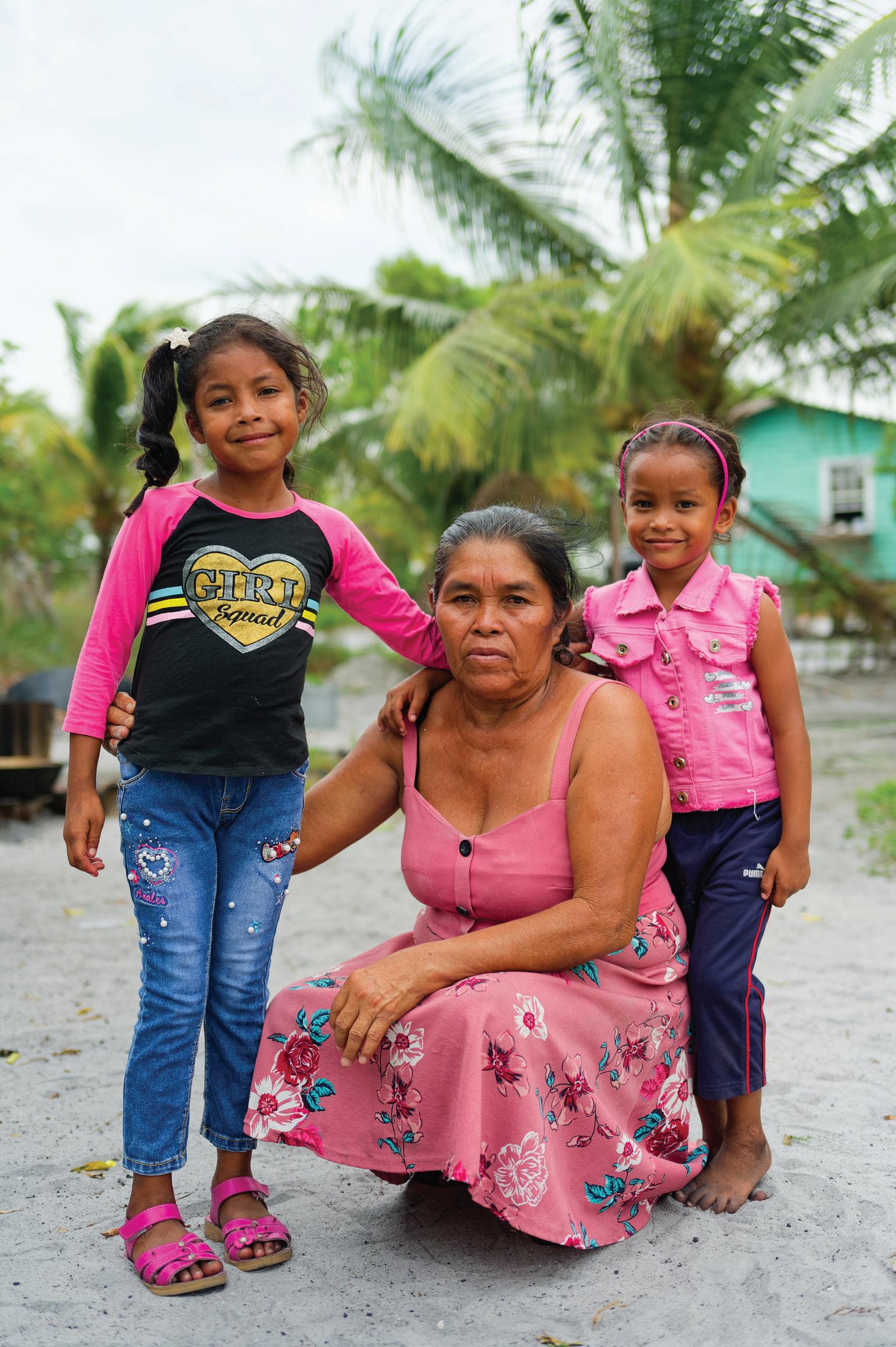
well,” she stated during her interview with the Pepperpot Magazine. Joylin showcased tremendous strength in continuing. As much as it has been challenging, caring for the children far past her prime, to Joylin, the weight of the loss of her daughter is far heavier than the work she does. Long hours in front of an open flame are simply worth it for her grandchildren. As she said, “It has been difficult without her. I’ve been taking care of her children, ensuring they go to school and have what they need. But it’s been hard without her support.”

It is truly amazing to consider the undertaking that was given to Joylin.
After raising several children of her own, she was then handed the mantle of caring for two other children. At the stage of her life when she thought her childcare days were long gone, in a situation where many would wonder or question the reasons behind their current situation, Joylin simply moved forward. She continued doing as she always had, now with more on her plate.
Miraculously, she is succeeding. Throughout the last few years, Joylin has done plenty to provide for the children in her care. She has worked to send the two children to school. One attends Swan Primary School, while the other ventures to Kuru Kuru for schooling. The two girls attend school
every day and are equipped with everything they need.
With the help of extended family members, Joylin could pull off the impossible in caring for the girls. When asked how she has continued doing what she does, she simply explains that she has continued to do what she always has. That is, making cassava bread and providing for those under her care. Her plan for moving forward is simple: continue to do as much as possible with overwhelming positivity and faith. She is hopeful for the future of her granddaughters, as she shared, “I ensure the children go to school and try to give them a normal life.”
“When I look at my children, I feel very proud”
How one mother from Swan’s hard work paid offBy Shaniya Harding
A dedicated mother and worker.
FAR from the hustle and bustle of Georgetown, lies the community of Swan—a quiet, warm, and welcoming community that is home to an estimated thousand people. Among these people is Drupattie Domingo. Coming from humble beginnings in the community of Soesdyke, just a few miles away, Drupattie’s journey of adversity and resilience has brought her to the community of Swan.
Although she now resides in Swan, Drupattie was raised in Soesdyke. As close as these two villages are, Drupattie says life in them has been as drastically different as possible. Swan has developed, particularly over the last couple of years. Certain necessities have been brought closer to the com-
munity, including education, water, and health, among the biggest improvements. Many would expect life in a more centralized village like Soesdyke to be easier, but Drupattie said that, many years ago, life had far more challenges. As she stated, “I grew up in Soesdyke, a village not too far from Swan. Growing up there was hard. We were poor.” Her humble beginnings, although challenging, taught her the value of hard work.
Born into poverty, Drupattie sought solutions for herself and her family. Her mantra and outlook on life were shaped at an early age. Growing up, she was very cognisant and aware of her family’s economic situation. As she shared, “Everyone is not born to be rich. My family were poor people, but we did everything to make life easier. I know about poor life.” Her
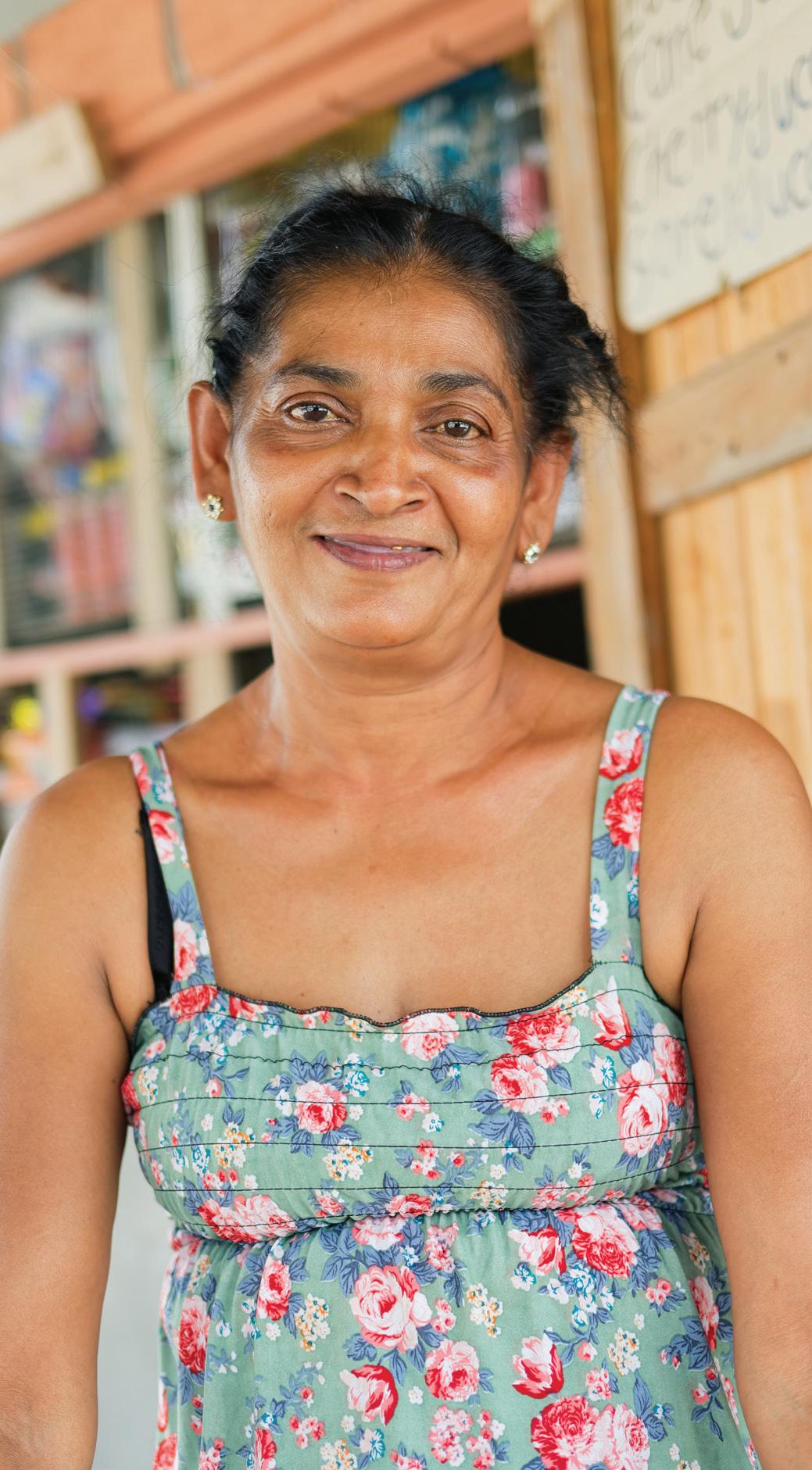

family embarked on many endeavours in an effort to relieve the financial pressures on the family. Among them was farming. During a time when most work was largely dependent on manual labour, agriculture was a welcomed alternative. However, farming was just Drupattie’s first step into all things agriculture. She later joined the poultry sector in one of the most unique and surprising ways.
From farmlamd to prcessing plant
Chicken has become a staple in most of our homes. The affordability and availability have made it the best option for families everywhere. But before a pack of drumsticks is picked up off a shelf, a thousand other things need to be
done. This is where people like Drupattie come in. For many years, she worked at a chicken processing plant in Guyana. She spent 29 years surrounded by thousands of chickens every day, from when they are eggs to when they are ready to be sent out from the plants. “I worked at Bounty. I did hatchery work, and then I used to work at the processing plant. I used to process the chicken until it was ready to pack out,” she stated.
The work she did for almost three decades required more skill than most would think. It included long hours spent standing, sorting, checking, and ensuring every chicken piece was perfect for human consumption. Drupattie was good at her job; it was, in fact, the only work she had ever done apart from
farming. She stated that it was a job that she enjoyed. “I loved my work at Bounty. But after 29 years, my children said I should retire. So I decided to retire. I worked twelve years at the processing plant and seventeen years at the hatchery.”
Retirement seems good to Drupattie as she spends most of her days at home. She explained that she has worked tirelessly for most of her life. Looking back on her life, Drupattie is very proud of herself, particularly of her children. Throughout all her years of working, this mother of five only had one goal: to give her children a better life than she had. As she stated, “I know what it means to have a hard life, and I wanted to give my children better. So I worked for them.” And her hard work has finally paid off. Today, she lives with her

youngest son in Swan. Each of her children has branched off into their respective fields, with one even following in his mother’s footsteps. Looking at her hard work today, Drupattie stated, “When I look at my children, I feel very proud.”
Life after retirement
Drupattie is living out the true definition of retirement. After moving to Swan just two years ago following her retirement, the fifty-five-year-old is living an easy life. Most of her days are spent tending to the small shop she has in the neighbourhood, not too far from the nursery and primary schools. In the few years she has settled in the village, Drupattie said that much has changed for the better, and she is optimistic about the way things are going, stating, “I like living in Swan. The village is alright, and I have no problems with the people here.” After working as hard as Drupattie has, she sees this point in her life as one when she should release all the strain she has placed on herself for so long. With adult children there to look out for her, Drupattie is finally living life for herself.





Then, Food for the Poor provided a small well, and we had some standpipes. Residents had to come and access water to drink. Now, we have received a bigger well, so the water situation has become a little bit easier for us within Swan.”
However, with great development come a few new issues. One of the biggest challenges the village is now facing is overpopulation. Swan was home to no more than five to six hundred people for many years. This number has jumped to an estimated thousand in the past two years. Although new people may not be a challenge on its own, coupled with the community’s limited land, it is becoming a struggle for Swan. The village covers a plot of land 40 acres wide and, as much

as the growth is welcomed, finding space for the growing population is becoming an issue.
As the Chairman explained, “Right now, we have more than one extended family sometimes in one home.” He further added that, “We are stifling right now with the population. We have more than one extended family sometimes in one home, and that can be very difficult.” However, the council does have a plan to deal with the matter of land.
The Chairman explained that he and his council are working toward developing a plan with land surveyors and the necessary ministries to get an extension to the community. Although they have not been successful in their endeavours yet, the council is hopeful. Swan is home to many entrepreneurs and small businesses. With land acquisition, the council believes that
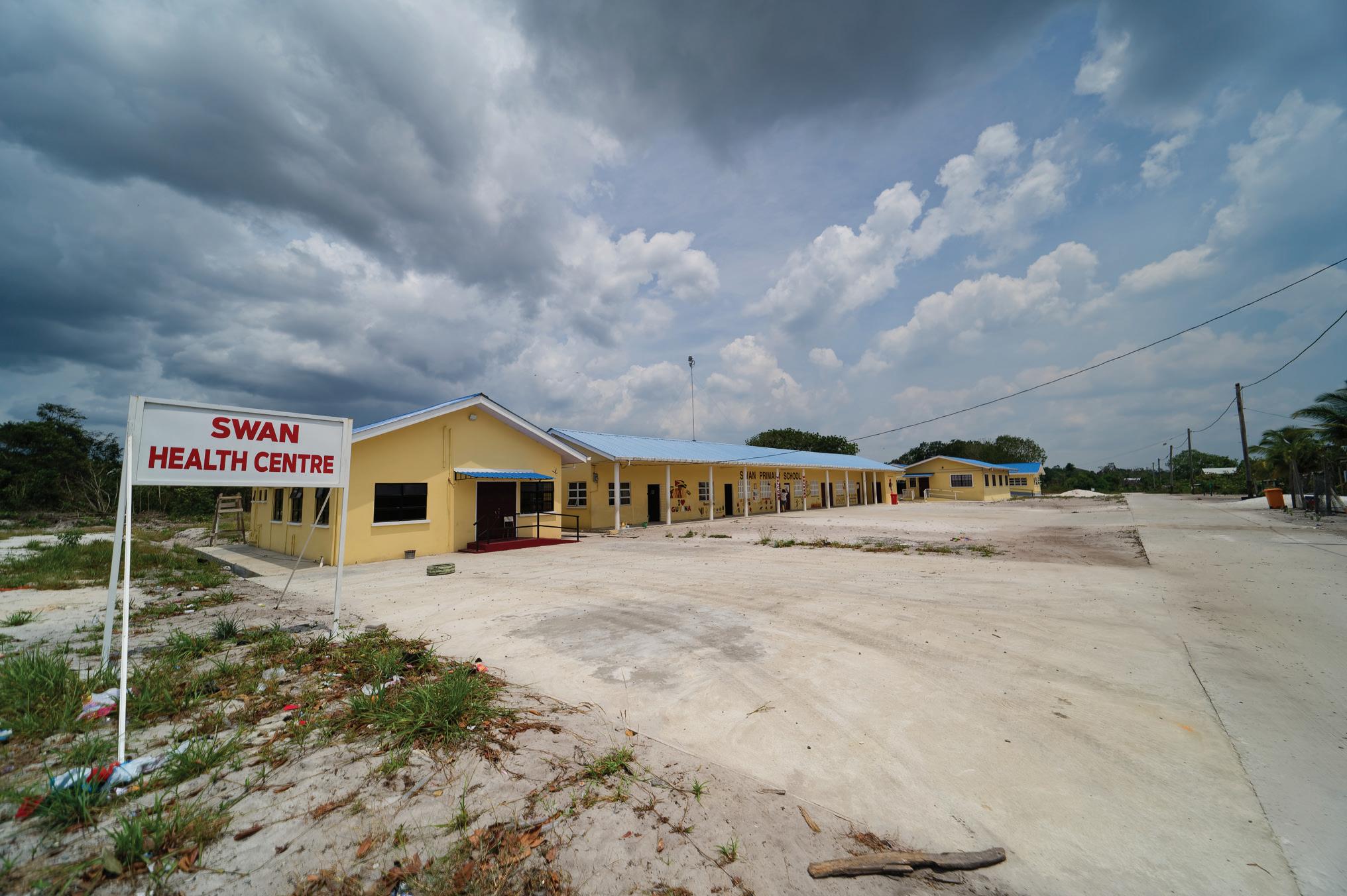
economic endeavours will reach new heights. Agriculture is also a major plotting point for Swan, as the Chairman stated, “I would like if they could see, whatever I have seen here today, that it is very difficult to really get an extension. I think we need farmland; we need agriculture.”







SHE was born on a Tuesday morning in late February when it was still dark in a play park in a residential area. Someone had forgotten to close the gate that might, and the pregnant mare walking through the streets found a clean and safe area to bring her baby into the world.
The next morning, when it became light, residents were thrilled to see a newborn foal wobbling on its legs as it tried to get a good balance. Animals were not allowed in the field because it was newly upgraded, but the mother and baby were allowed to stay until she was ready to leave. Later that day, the mother was leaving with her baby, but, unfortunately, it fell into the drain, just inside the fence.
I had just looked out to see how they were doing, and saw the mother standing by the fence inside the field, looking concerned. Upon checking, I saw the baby foal stuck in the drain. No one was around to assist, so I knelt down and put my arms around the baby’s waist to pull it out. I fell back a little, so I had to hold it against my chest, and then it jumped away and ran back shakily into the field. I had mud all over me, but I was happy to have saved it from any further peril.
At that moment, I decided to close the gates to keep the mother and baby in the field a little longer to avoid it walking out and falling into another drain. Someone may not see it in time to save it from suffering long hours in
the water, and that was a bad experience we had with two newborn foals already.
Both are buried right there in the playfield, and I did not want another death, for I was involved in the rescue of the first two.
One resident joked, “It seems to be a calling for you to rescue these babies.”
Maybe it is, but I know one thing for sure: As an animal lover, I do have the instinct to help an animal in distress once close by. It’s sad that those adult horses are neglected by their owners, because maybe they have no more use for them. They are left to roam the streets in the harsh sun and heavy rains, looking for grazing areas and scavenging in garbage bins.
They come into the community a lot to graze on the fresh, green grass on the wide parapets, sometimes injured and looking quite forlorn. The experience I had with the first foal, trying along with a few other residents to save his life, left a deep impact on my mind. For two days, we did the best we could so he could survive, and the mother had stood protectively over her baby from the evening when we had left him in the comfort of a shelter. The next morning, when
I checked if his condition had improved, his body was stiff and cold. He had died during the night, but the mother still stood there protectively over him.
I sat there later that day as a grave was dug to bury
mother’s grief as she stood over her baby’s grave.
I didn’t want a repeat of that with the new baby, but little did I know this would be a new experience.
Another resident and I took water for the mother
to look weak, so a vet was called. We stayed in the field until late evening, but he did not show up.
On the third day, the baby had grown weaker as the mother continued to reject her, and an idea came to me that maybe we could feed her milk with a nursing bottle to ensure her survival. It worked, she drank the milk hungrily, and by that time, four vets were called, and none showed up, but one vet explained by phone that the mother was suffering from depression, thus her rejection of her baby.

the baby foal and witnessed a mother’s deep anguish and her reluctance to leave her baby. Animals and humans are no different when it comes to love, pain and anguish, yet the animals are at times treated so badly by humans. It touched my heart that afternoon to see that
horse because the sun was really hot, and there were no big trees for shade on the field. We kept watch on them, refilling the water buckets, and on the second day, it was observed that the mother was not allowing the baby to nurse.
The baby was beginning
It was amazing to know that animals experience the same postpartum depression as we humans do.
Word went around the neighbourhood about the baby foal’s plight, and it was quite pleasing to see how motherly care stepped up. By day four, five mothers had their own nursing bottles and a feeding schedule had to be implemented.
I named her Bella, and two foreign diplomats’ wives named her Martha. She was so cute. You just couldn’t help falling in love with her. By the end of the week, she had become everyone’s pet. The mother had to be let out
to find fresh grass, and we thought she would have returned, but she didn’t. Now, the baby was looking lonely except when we were around her during feeding time, and I was fearful of her falling into depression not seeing her own kind.
We waited for the mother to return into the new week, but she didn’t, and I was left to think of the next steps in Bella Martha’s interest. None of us knew how to take care of a horse as it grows, and we couldn’t depend on a vet to come in time should something go wrong with it. One of the foreign ladies suggested we keep her and then let her out when she got older, but we were not sure she would be safe out there in the streets without her mother by her side. She would be in the sun and the rain, scavenging for food and possibly getting hit down the road.
She was precious, she was our baby, and we all wanted her to have a good life, to have care and to be in a safe place with vets on call. We finally found a place that was like a little paradise, suitable for the little princess. It grieved our hearts to let her go; the mothers who fed her were in tears, but it was in her best interest, for the streets are cruel.
The adoptive owners fell in love with her at first sight, and a special caretaker was assigned to her. We are given updates and pictures to see how she’s growing, for we helped her to survive and she will continue to live in our hearts, our own Bella Martha.


ANYONE who has fought addiction, whether as a parent with an infected offspring or as a personal challenge, can, without doubt, testify to have confronted an unimaginable. To clarify, from experience, we wrongly assume that if someone is shackled to alcohol or cigarettes and they are shown how damaging consuming this product is, they will wake up and kick the habit. It’s not true. By now, most of us know this.
From the mid-1980s, hard addictions, such as marijuana and cocaine, have infiltrated our streets, ‘long yards’ and functioning consciousness into the cravings of acceptance. As younger men, in boyhood, we laughed at the antics of drunk men and their slurring ‘buse-outs’ of domestic and other issues we couldn’t understand. Two drunk men in a fistfight was the talk of little boys for weeks after, especially if they fell into a nearby rain-filled gutter and had to be taken out by the “beat-duty police” (police patrolling the streets armed with batons in the ‘60s and early ‘70s).
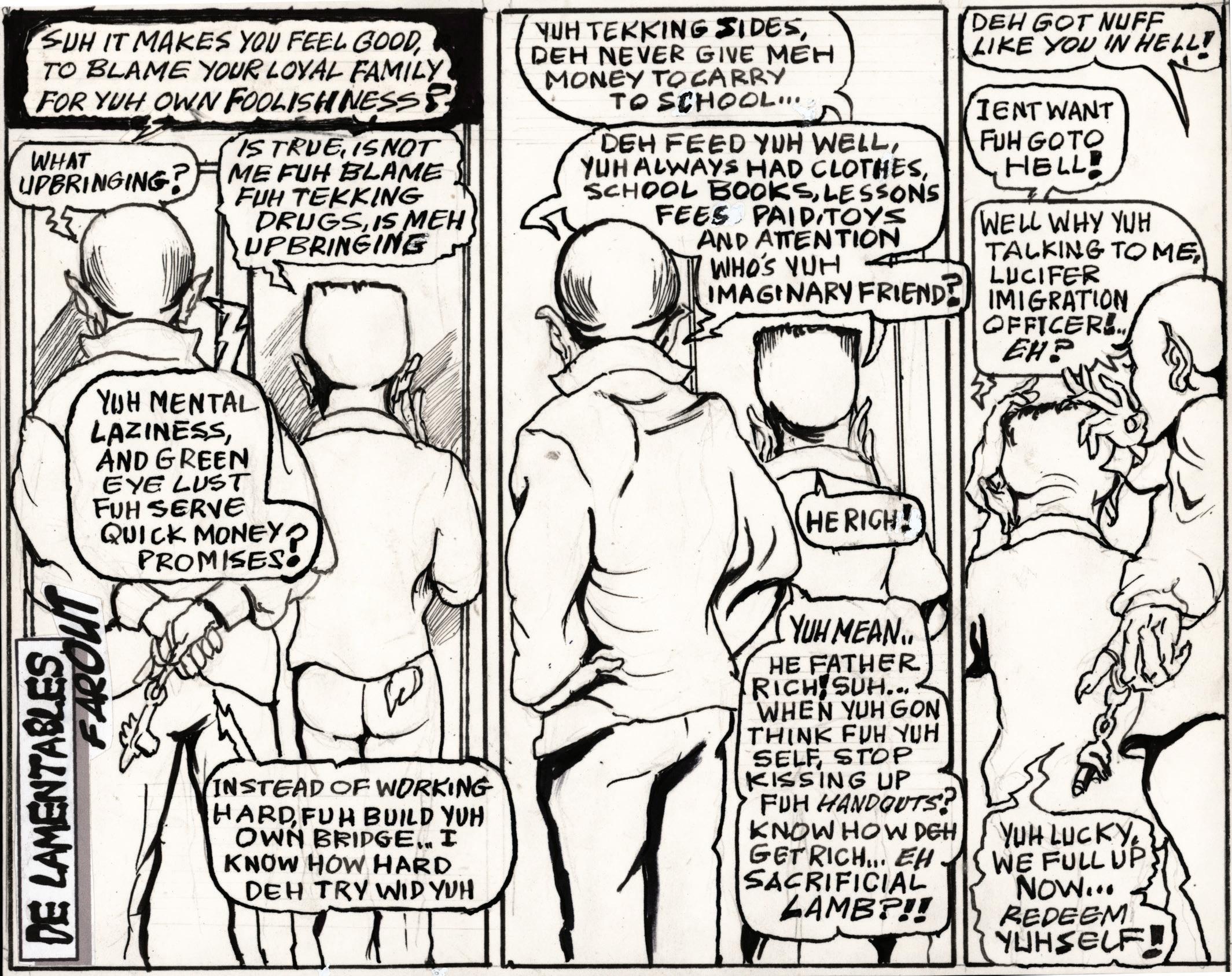
We never understood the sagi-wang groups that hung around Bourda Market, whose drink of choice was methylated spirits, nor what happened to Mr. Fred when he drank ‘red rum’ and became possessed and headed for the deep, 40-foot trench. Six strapping men would be needed to subdue and control him. I’ve never researched this phenomenon to find out what was added to red rum to have this effect on some who drank it, but it’s never too late.
That was when the darker times came with industrial marijuana and cocaine, bringing seeds of hope behind a curtain of lurking darkness to many surrounded by the hopelessness that loss of jobs had created due to Cold War politics and the advent of computers that had slowly crept into the workforce. All this was added to the international reforms of marine ship-
ping that closed the curtains on the stevedores and, eventually, the sugar industry.
No one could have imagined the devastation that cocaine and marijuana would have wrought on the nation’s most important national asset: Its human resources. From my explored experience, the chemical construct of these drugs is designed to enslave. Cocaine is extracted from the coca plant, but the science exists to understand what needs to be added to make its usage as necessary and habitual as a cup of tea in the morning.
Hidden human mental defects, in many cases, are what step in to make difficult the path of the addict’s recovery. I have found resistance in the considered former addict to accept responsibility, and the effort of resistance to reconstruct
a timeline that allots blame to the very support group of people who were the custodians of the quest for recovery.
We call it the blame game. Research has indicated that long-term damage to the brain from both cocaine and marijuana’s constant usage is inevitable. Not to mention that these mentioned drugs are not alone out there. My offspring was subject to pharmaceutical support.
I’ve done some work over the last few years on this subject for a graphic project, and have paid attention to incidents across our country, as far back as the days of Baby Arthur in 1994. There are also over-thecounter pharmaceuticals that are very dangerous. I’m not unaware of the darker side of the pharmaceutical industry. Drugs have always been used to undermine peoples and nations, and then there is the illegal trial and exploration where there is no legislation.
Some years ago, I saw a supposed former addict visit my offspring. Something was wrong with this kid; there was something robotic about the way he walked and gestured. My son told me that they are called ‘robots’. I visited the physician back then and asked him not to prescribe any of these tablets to my offspring. A former drug addict advised me that the only healing procedure is the decision of the addict to heal. Other former users repeated the same to me; all realistic but very depressing. If so, then all else is circumstantial: With this advice, how does the addict begin to process their own time lost and awake from the curse of victimhood towards redemption? When normalcy is the natural assumption of the ‘ego’. The ego is ‘touchous’, and it is quick to define who the enemy is. Most times it’s wrong.
In closing, again, I can only see issues like this personified through mediums of Edutainment; blunt, realistic, but entertaining. Yet, they must be strong enough to inspire rather than be imposingly didactic in presentation.


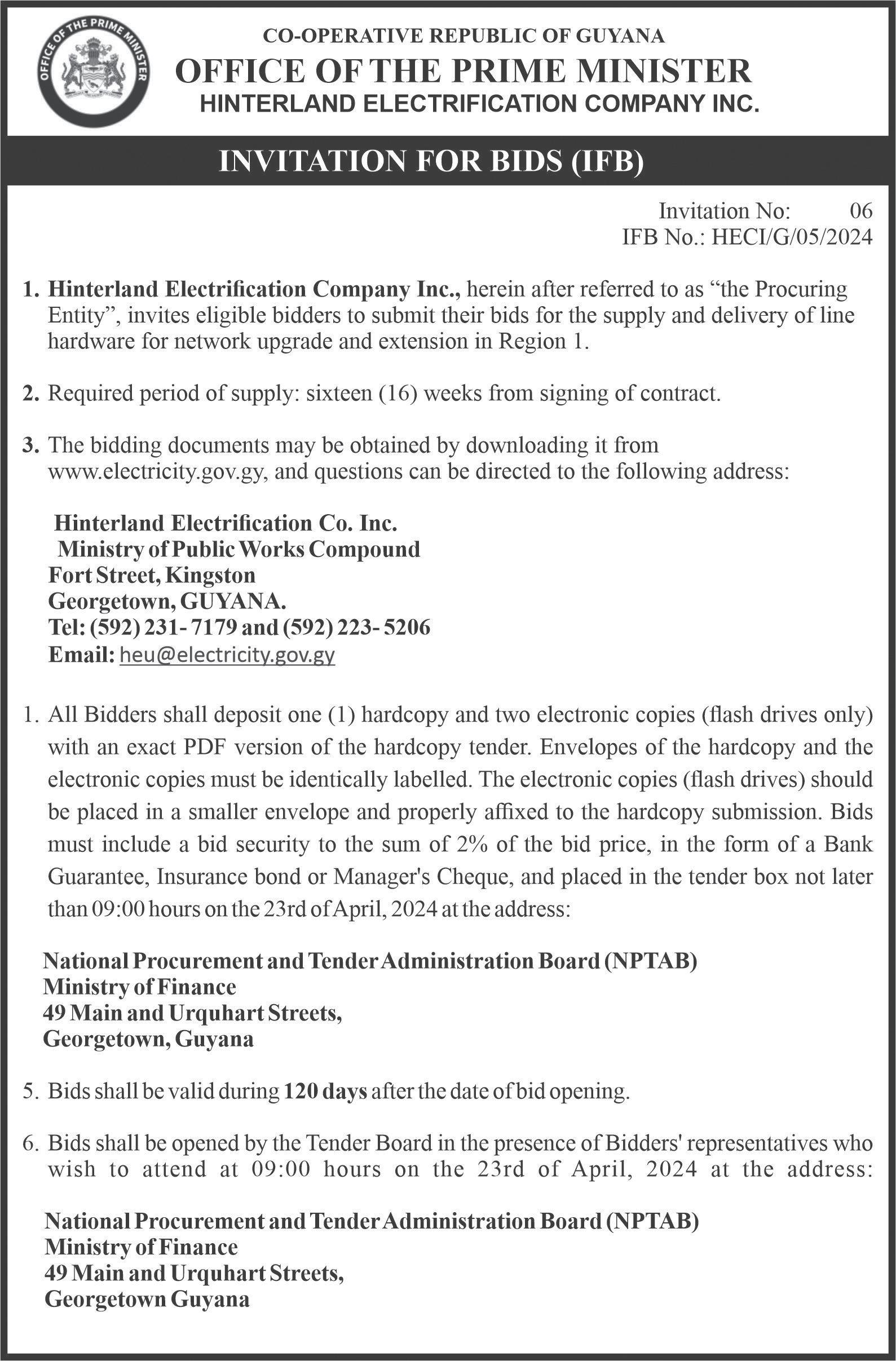









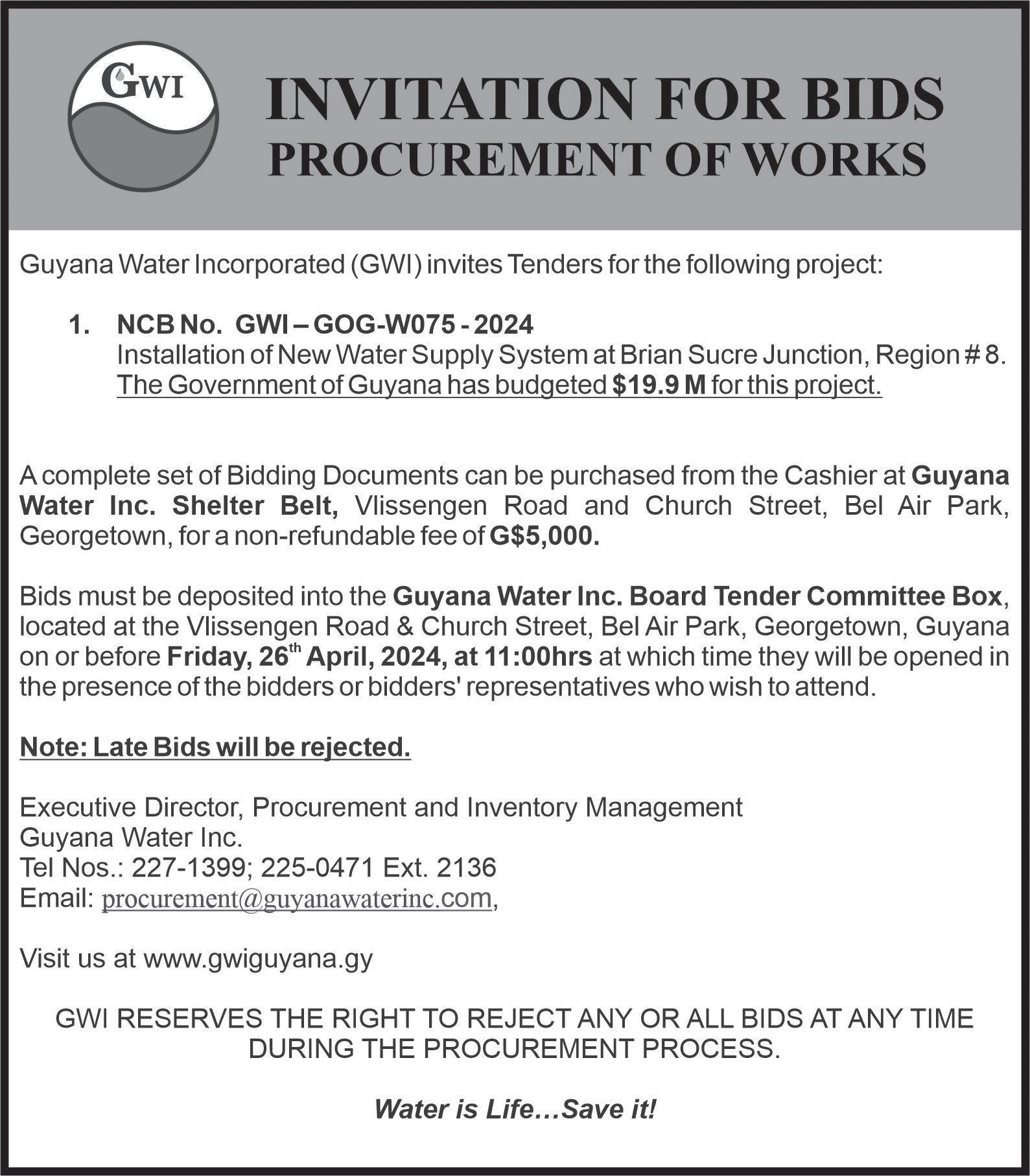










OVER the last few years, this column has carried articles on the Venezuela/Guyana border controversy, and on this occasion, we again revisit it in view of the outrageously false, contradictory and unfactual narrative that the Venezuelans continue to retail. We will also revisit the Venezuelan Parliament’s and President Maduro’s lawless action of passing laws “annexing” approximately 70% of Guyana’s territory, naming it the province of Essequiba Guyana, and even appointing a governor.
This comedy of insanity would normally have been derisively ignored, but it has to be taken with seriousness, since Venezuela has a huge modern military which is controlled by persons who may recklessly invade Guyana’s territory, since they mentally and psychologically live in the times of Napoleon and Bolivar when stronger countries could invade and annex weaker countries or parts of them with impunity. Tolerance of such aggression has long passed away in international law and relations, and this has led to Venezuela’s isolation and almost universal support for Guyana.
Another reason why Venezuela is not treated with respect is its duplicity and failure to honour its agreements. The Argyle Declaration, in which Guyana and Venezuela solemnly pledged themselves from any threatening and aggressive action towards each other, and the Barbados Agreement, where President Maduro undertook to allow the Venezuelan Opposition freedom to contest the forthcoming national elections in exchange for the lifting of American sanctions are two examples of Venezuela failing to honour its promises.
What was the genesis of the Controversy?
By the Treaty of Paris of 1815, which ended the Napoleonic Wars, Britain was awarded the Dutch colonies of Essequibo, Demerara and Berbice which were united as the colony of British Guiana in 1831. In the 1840s, the British employed a German cartographer, Robert Schomburgk, to demarcate the boundaries of the colony, which he successfully completed. Venezuela claimed that Schomburgk had taken part of their territory. The British, who at the time ran a world empire, could not turn their attention to Venezuela’s claim, which was comparatively unimportant.
At that time, the United States was resuscitating the Monroe Doctrine, and Venezuela asked them to press their claim with Britain for Arbitration of the Guyana /Venezuela border.
President Cleveland even threatened war, and Britain reluctantly became a party to the Treaty of Washington with Venezuela in 1897, wherein Venezuela insisted that the Treaty be arbitral. The Treaty was signed by Jose Andrade and ratified by the Venezuelan Congress, with Joaquin Crespo, its President, describing it as “an effort of intelligence and goodwill worthy of praise and thanks from us” . Venezuela appointed the Chief Justice of the United States as its arbitrator, and Britain appointed a Judge of equal status, with the chairman being a famed Russian international jurist.
The Arbitral Award was to be “ a full, perfect and final settlement of all questions referred to the Arbitrators”. In their work, the Arbitrators scoured the archives of Spain, Holland, and Britain and conducted as thorough an investigation as possible. The Arbitral Award was made in 1899, and Venezuela and all parties fully accepted it, with Venezuela being particularly jubilant.
Venezuela insisted that the demarcation of the boundary be done with immediacy, and in 1900, a Joint Boundary Commission was established and British and Venezuelan surveyors went to work in demarcating the boundary which they completed in 1905 with Venezuela fully accepting it.
Venezuela did so until 1962, when Guyana was about to be granted its Independence. Britain was anxious to withdraw from the colony, and in 1966, the Geneva Agreement was arrived at, wherein the Controversy was to be settled in four years thus allowing Britain to grant Guyana its Independence unhindered. Both parties, however, chose to use the Good Offices dialogue process under United Nations auspices, which went on for nearly three decades without coming to a solution.
Both parties withdrew from the Good Offices process, and the matter was then reverted to the Secretary General, who was obligated to recommend a solution. He recommended that the matter be referred to the International Court of Justice. Guyana duly went to the ICJ, but Venezuela said the Court did not have jurisdiction in the matter. The ICJ and everyone else rejected the Venezuelan position, and the ICJ is now deliberating on the validity of the 1899 Arbitral Award.
It should be mentioned that Venezuela has proffered two points to try to negate the Arbitral Award: The first is that Guyana was part of the Venezuelan Captain Generalcy under the Spanish Empire. Guyana was never part of the Captain Generalcy and there was never any Spanish colonial presence in “the Wild Coast of Guyana”. The 1899 Arbitrators rejected this Venezuelan allegation. The second point was a posthumous letter by Mallet-Prevost, one of the junior lawyers at the Arbitration who claimed that the British and Russian judges conspired to rig the Arbitration in favour of Britain. No evidence or proof of Mallet-Prevost’s allegation was ever forthcoming from the Venezuelans.
The question is asked as to why Venezuela has been making this fraudulent and dangerous claim on Guyana’s territory at this time. The answer that is universally given is that Venezuela is actuated by greed for Guyana’s newfound oil wealth, which it feels could be seized with impunity since Guyana is a small, poor state with a very small military. Secondly, the Venezuelan national elections will occur within a year. President Maduro, who is contesting another term of office, is bound to lose. In his desperation, he is threatening war on Guyana to seize its territory to stimulate nationalism and increase his electoral support.
Venezuela recognises that it has no case in fact, logic and law. So, it is reverting to threats of military violence to intimidate Guyana and seize its territory.
Still, the Venezuelan aggression has been adequately met by Guyana and its allies, in particular the United States. The policy of the United States, Guyana, CARICOM, Brazil and the other American states in maintaining the Caribbean as a Zone of Peace has deterred Venezuelan military adventurism, but the danger has not passed away and still requires constant vigilance.









Ladies, be conscious of what you’re purchasing—stop paying ‘pink taxes’
THE “pink tax” is not referred to as an actual real-life tax. However, compared to opposing gender-branded products, it is often used to describe the high cost of women/ female items and products. It is often suggested that items with pink labels or packaging made for women are higher in prices compared to items with blue labels or packaging made for men. This by itself is a discrimination.
We are taught the “distinction” between men and
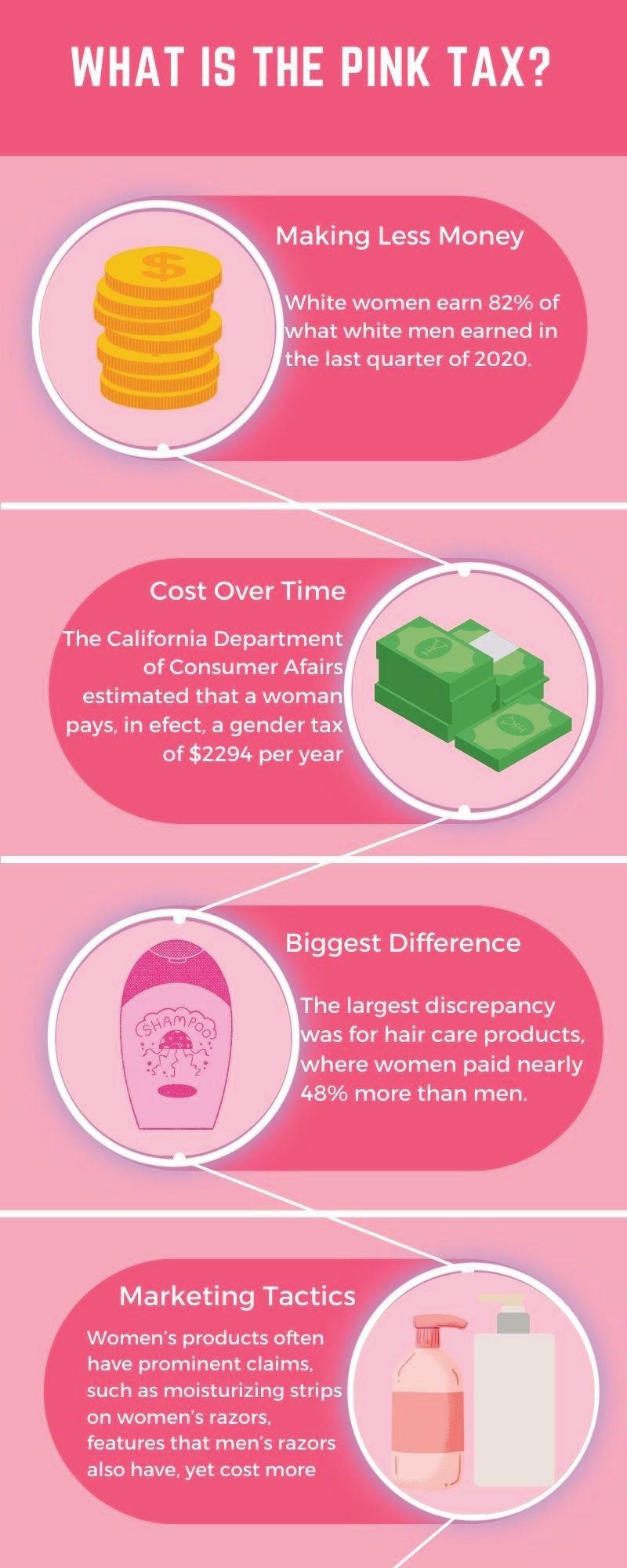
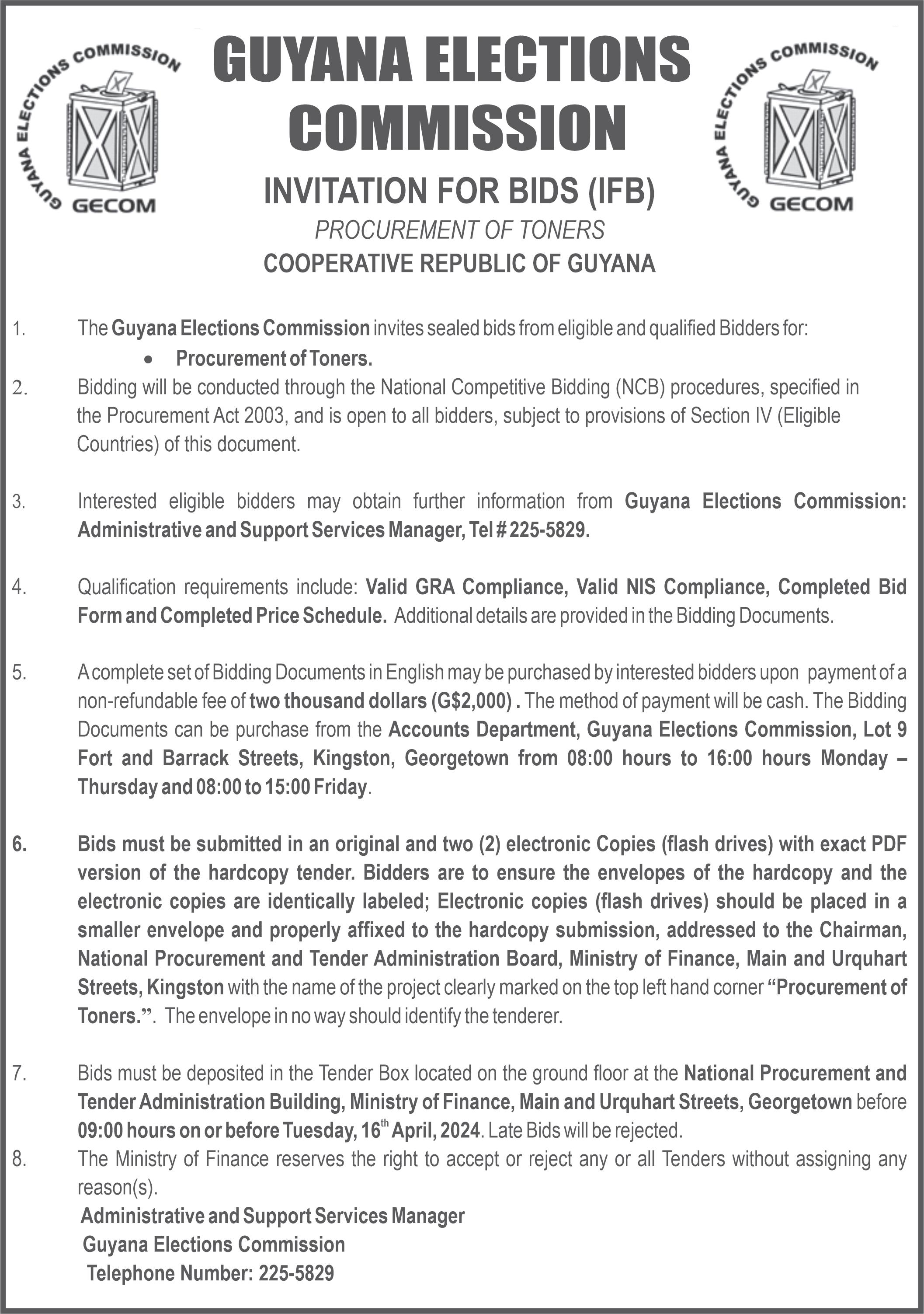
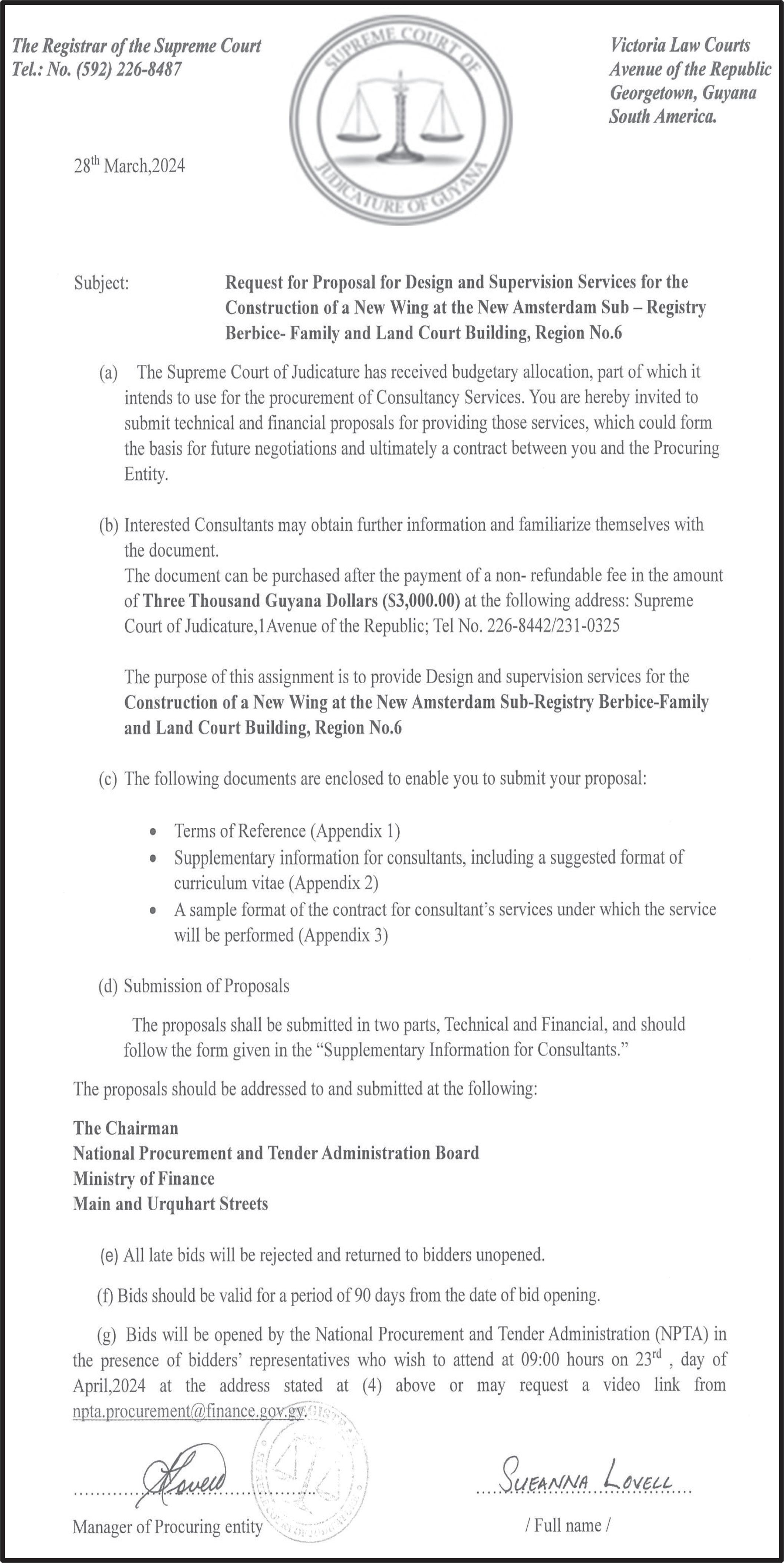


women from an early age. In marketing, it’s no different. The packaging of men-targeted products are often dark in colour, like black, navy blue or emerald green and it has “manly” accents such as spikes or blades. “Feminine” products are the complete opposite. They’re light in colours, mostly pastels, like purple or pink and have cotton clouds and butterflies—all supposed accents of “feminine” traits. The colour, shapes, and even scents of both types of products are different, yes. However, their price tags are also different and that is the key focus of this column piece this week.
The “Pink tax” is formally known as gender-based pricing. It describes an increase in cost or price of products based on gender-targeting of sales. Women are already classed as the world’s poor, and I am afraid this is one of many ways that contribute to that claim. Studies have shown that women pay as much as 50 percent more than men when purchasing similar products. There seems to be no fixed regulation on this “tax” either, so as the years go by, it increases. Unfortunately, many of these items are necessities for women, and they are often forced to purchase them based on what is available in stores.
I dare ask the question, why? Why do women pay more because of their needs or whom they are? In some instances, these products are the same, but the only distinction is the colour of the label and the target audience. Don’t believe me? Go into your local supermarket and take your own assessment. Look at the ingredients in shampoos for men and women. Pick out the similarities and then note what the prices are. The same can be done for dozens of other products and items such as razor blades, soaps, body wash, deodorant, etc. Do you notice an absurd difference in the cost? If yes, that is your evidence of the “pink tax.”
It is not confined only to hygiene products, although that is where the most noticeable difference is seen. Items such as children’s toys or clothing also have price differences based on gender. I am writing this so that you, women and girls, can be aware of this phenomenon. It may not always be noticeable or obvious, but it is a reality. It’s unfair that we should be paying more, simply for being a woman, but that is a real-life example of how women are exploited, and I do hope that moving forward, women become more aware of this.
The next time you’re out purchasing products—I hope you pay attention to what you purchase and how much you’re paying. You can start by purchasing gender-neutral products or products not tailored towards a specific gender. Or, you can even purchase the “male packaged” products because they’re often the same as the women’s option—just a different packaging. Your consumption has value in eradicating this capitalist mess, and as such, I urge you to be more conscious of it. The more you spend on these products, the more you encourage it to continue.





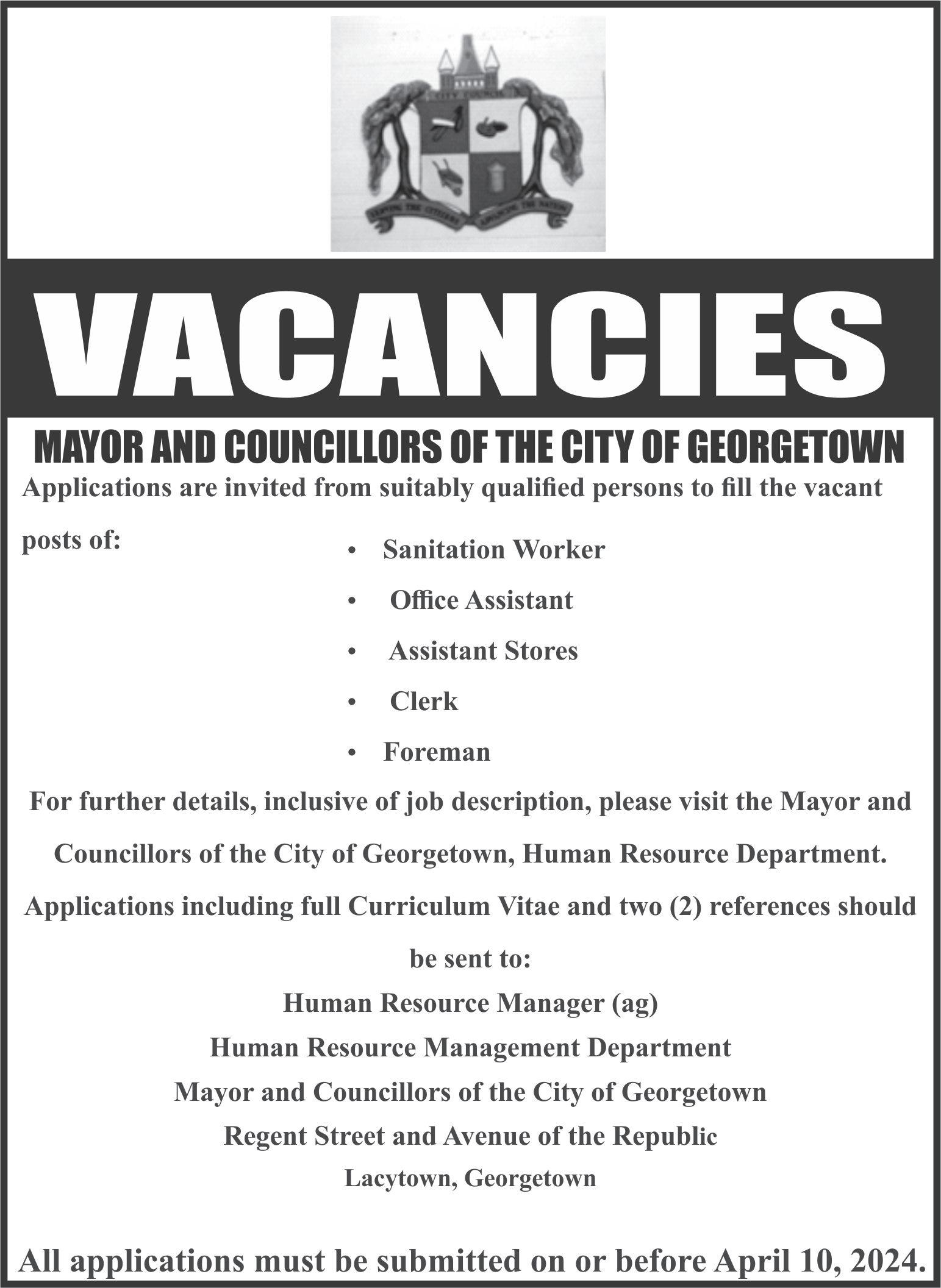

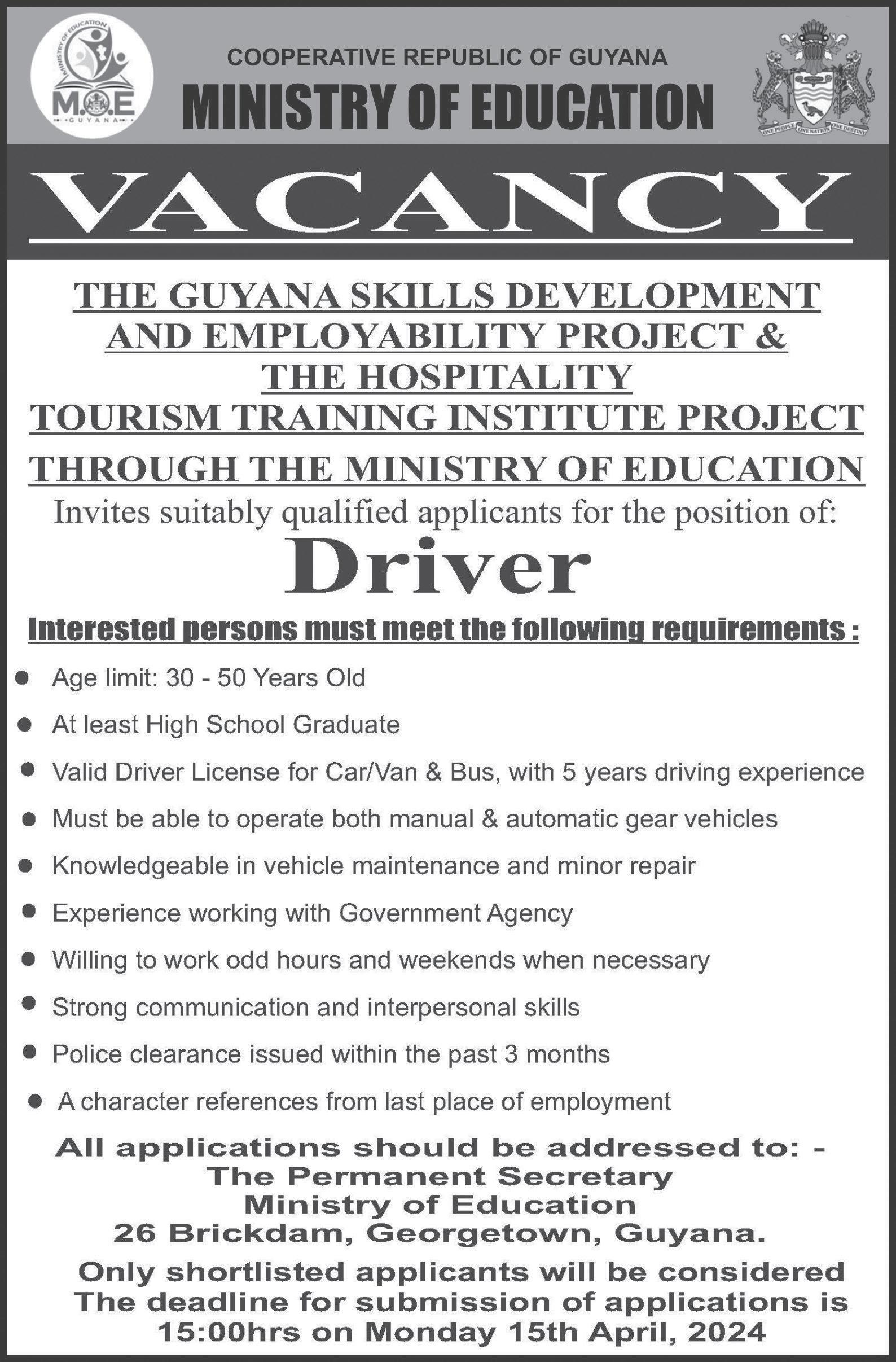


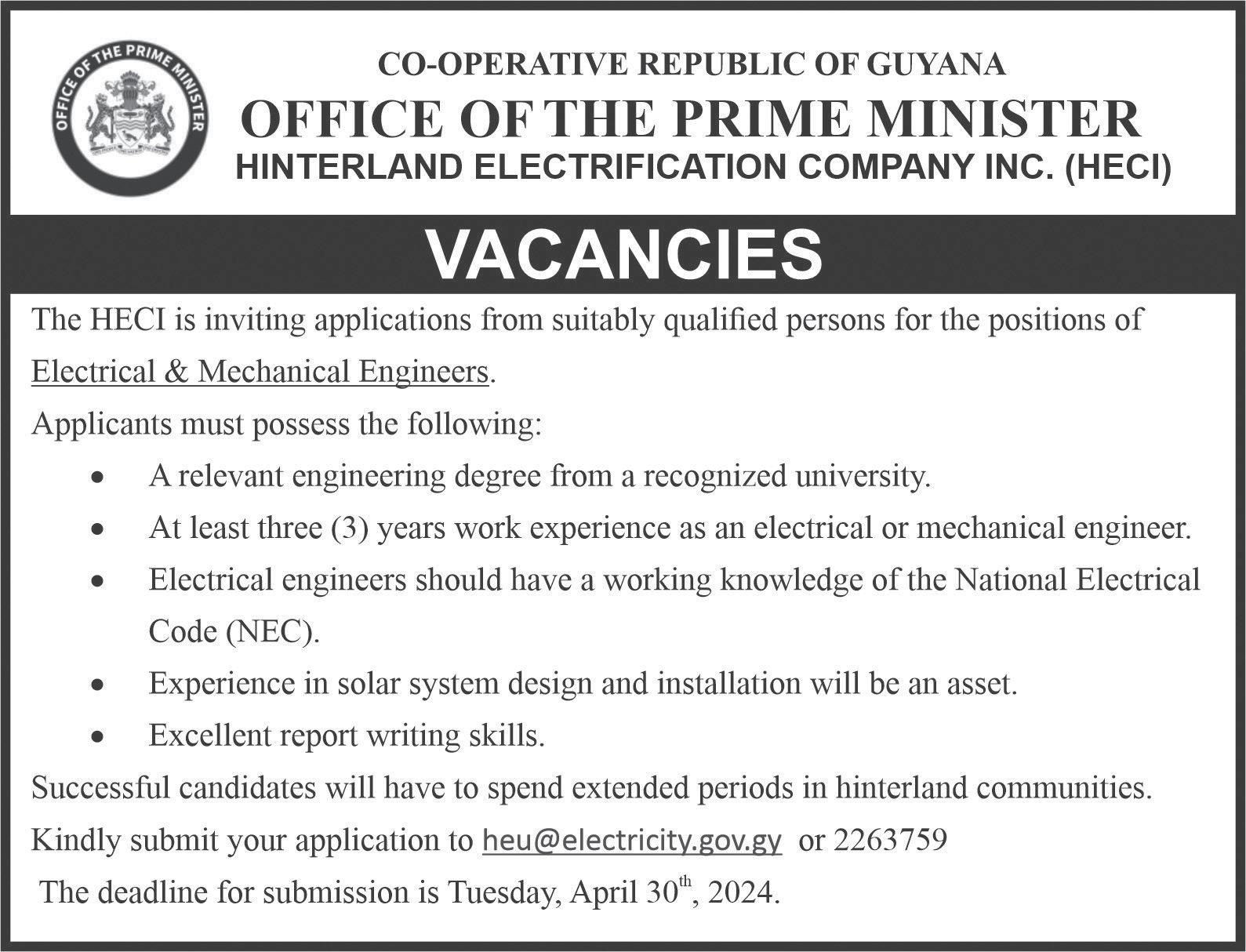
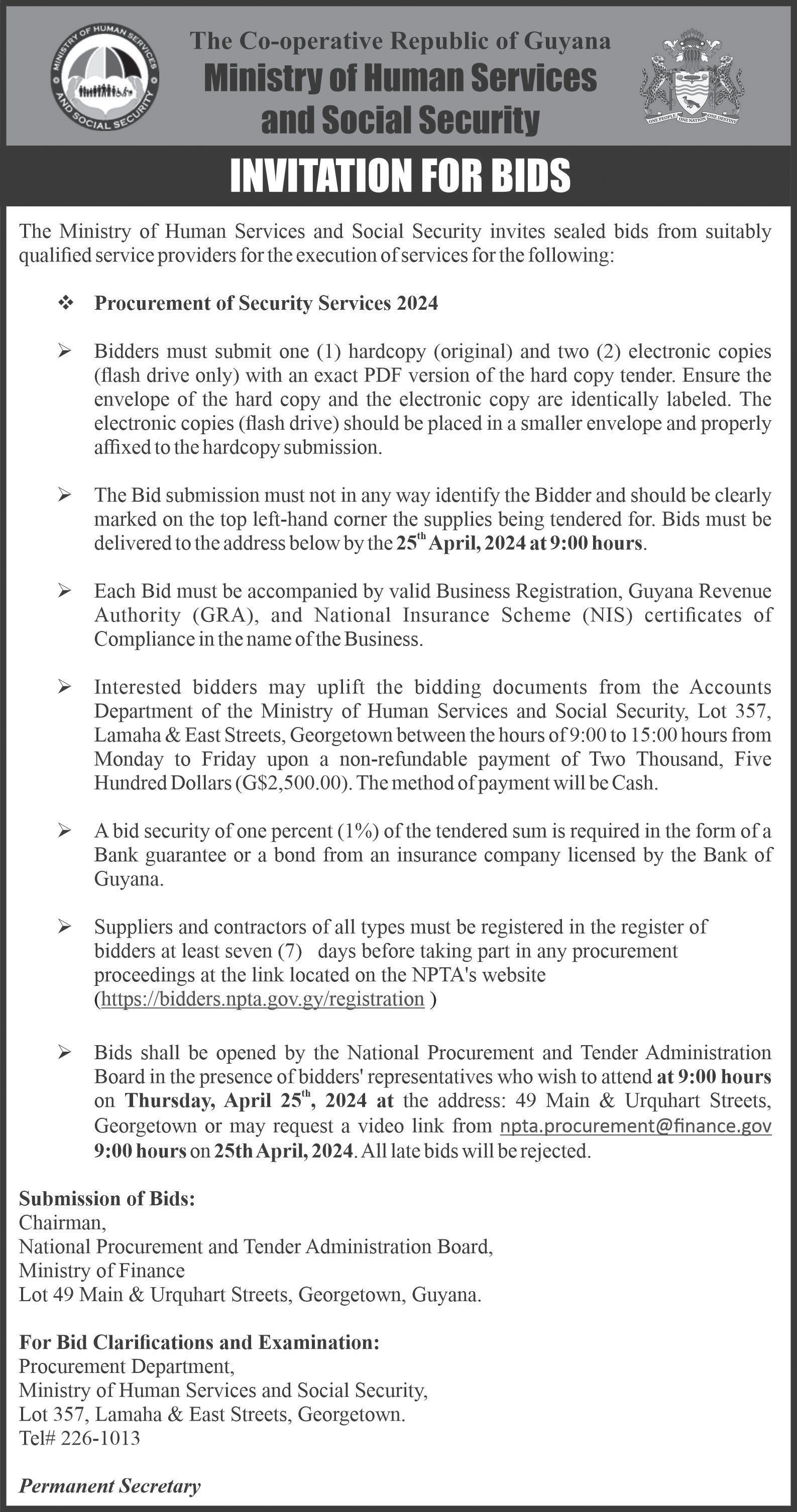
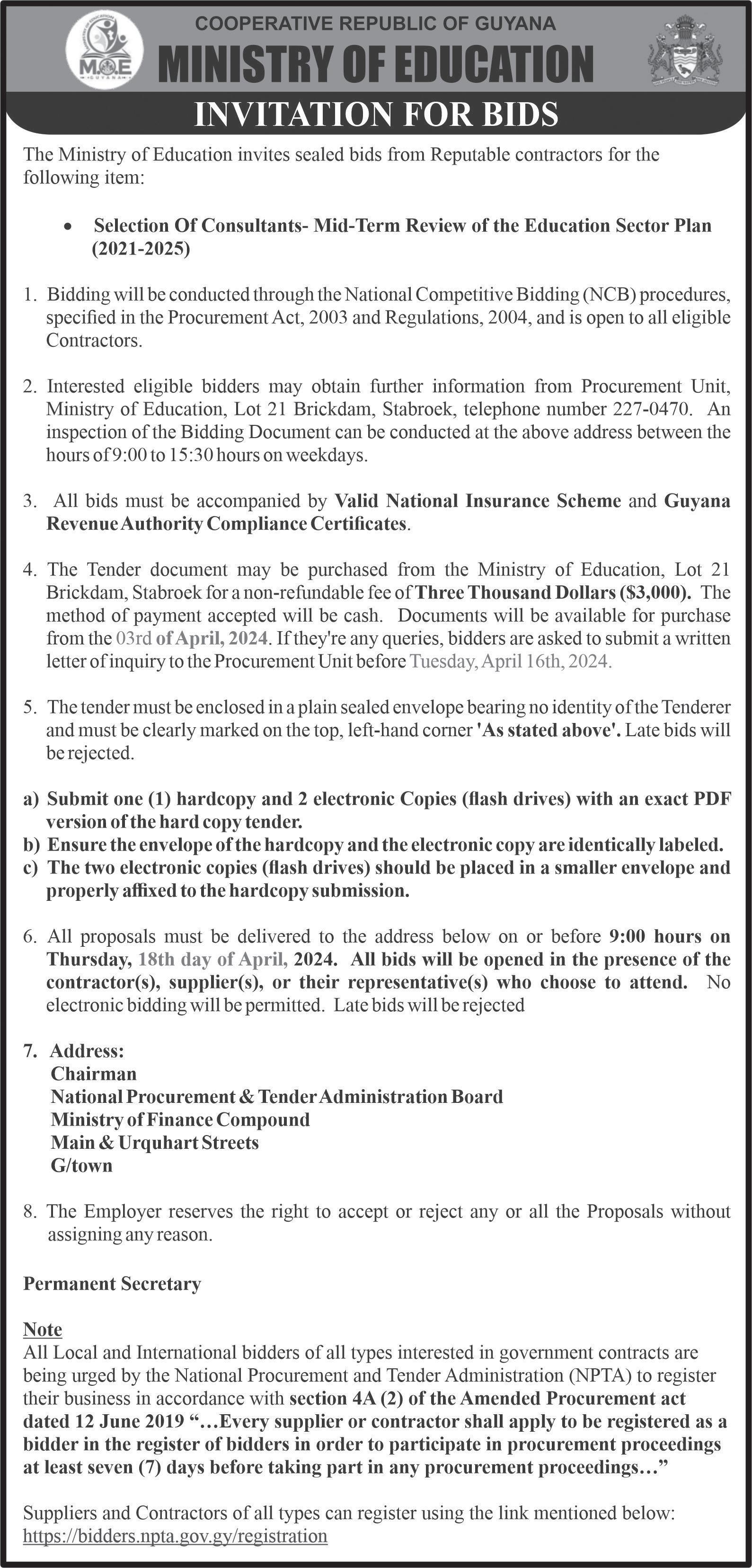


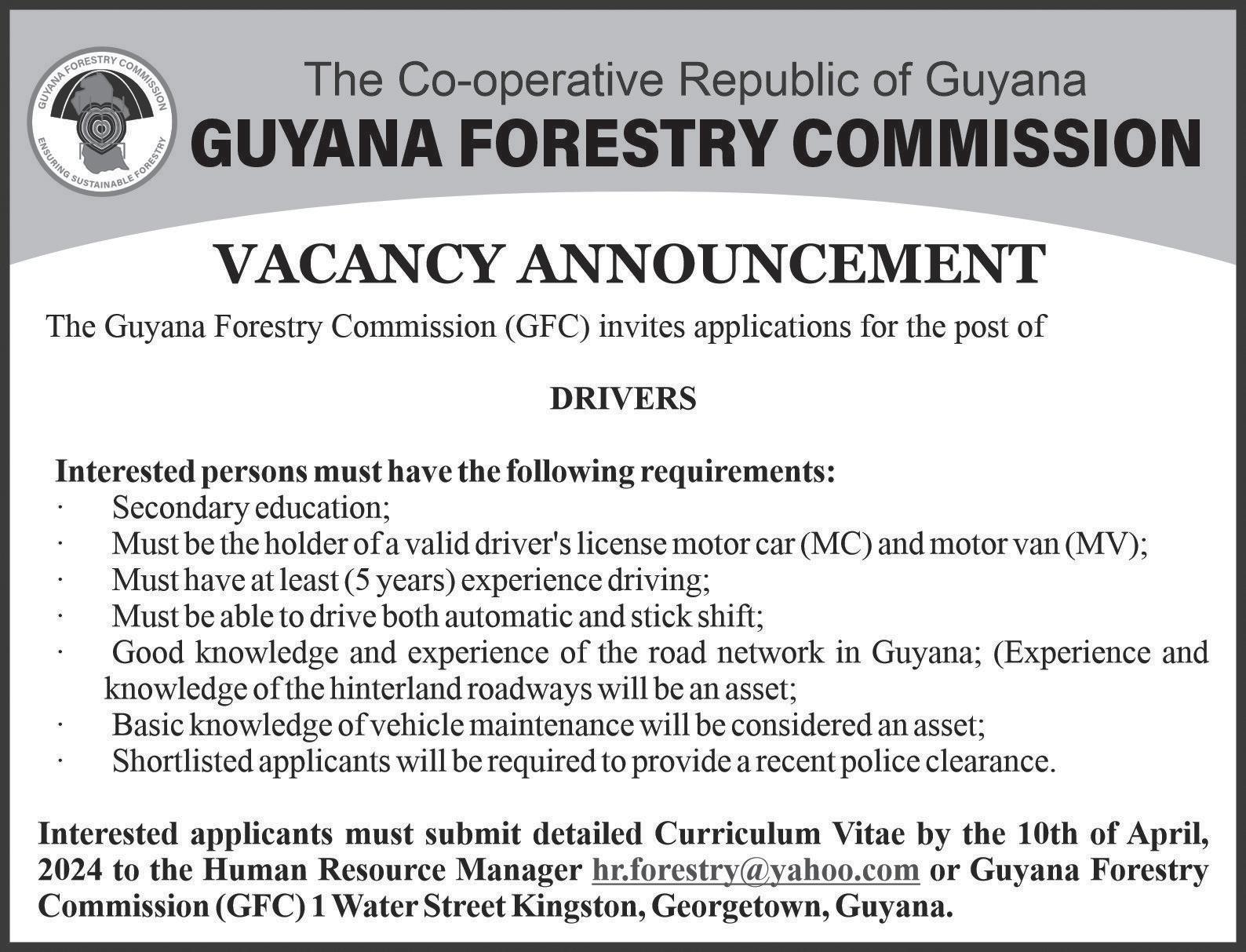


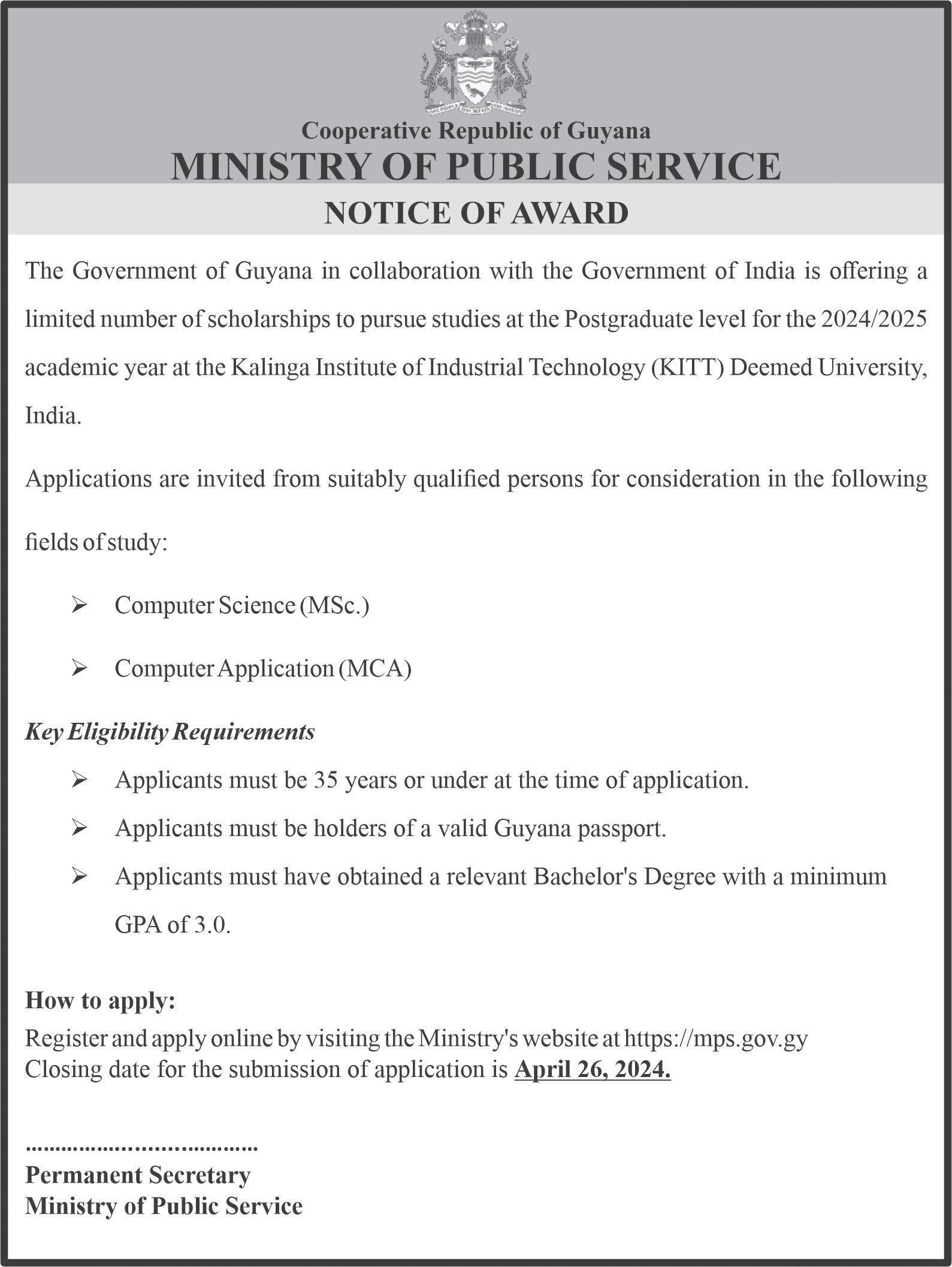

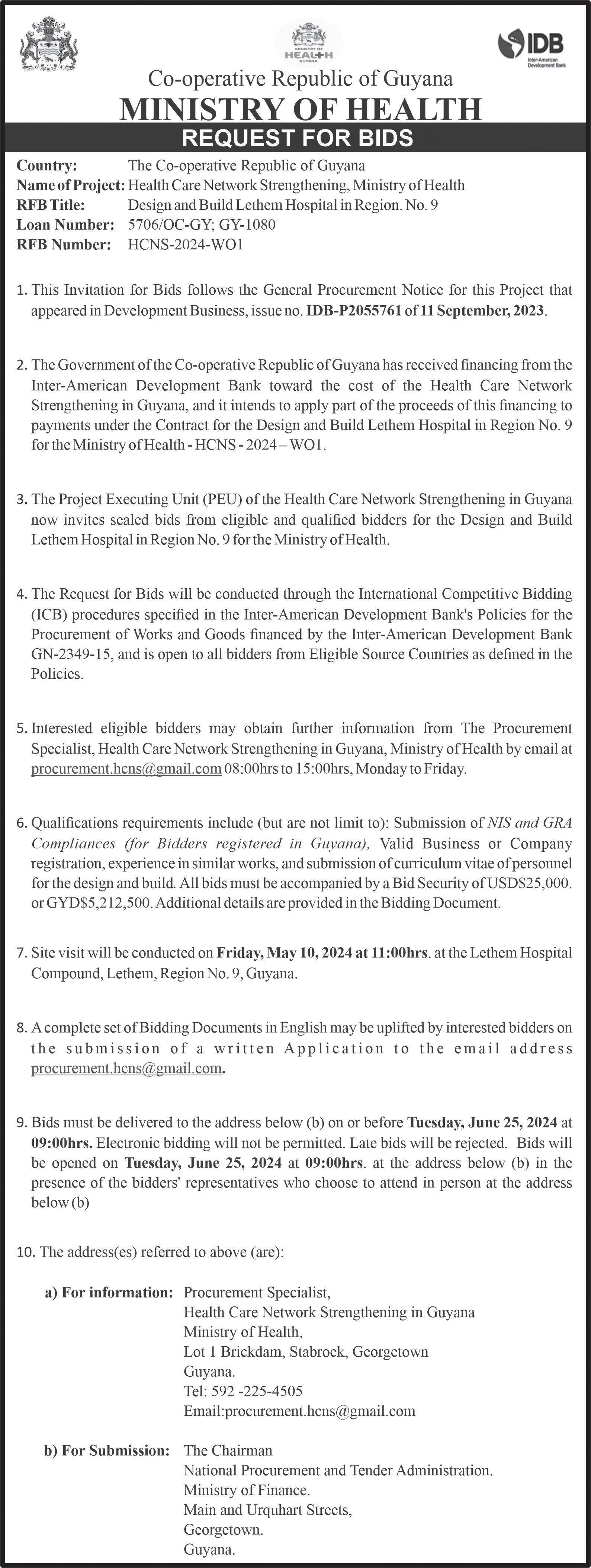
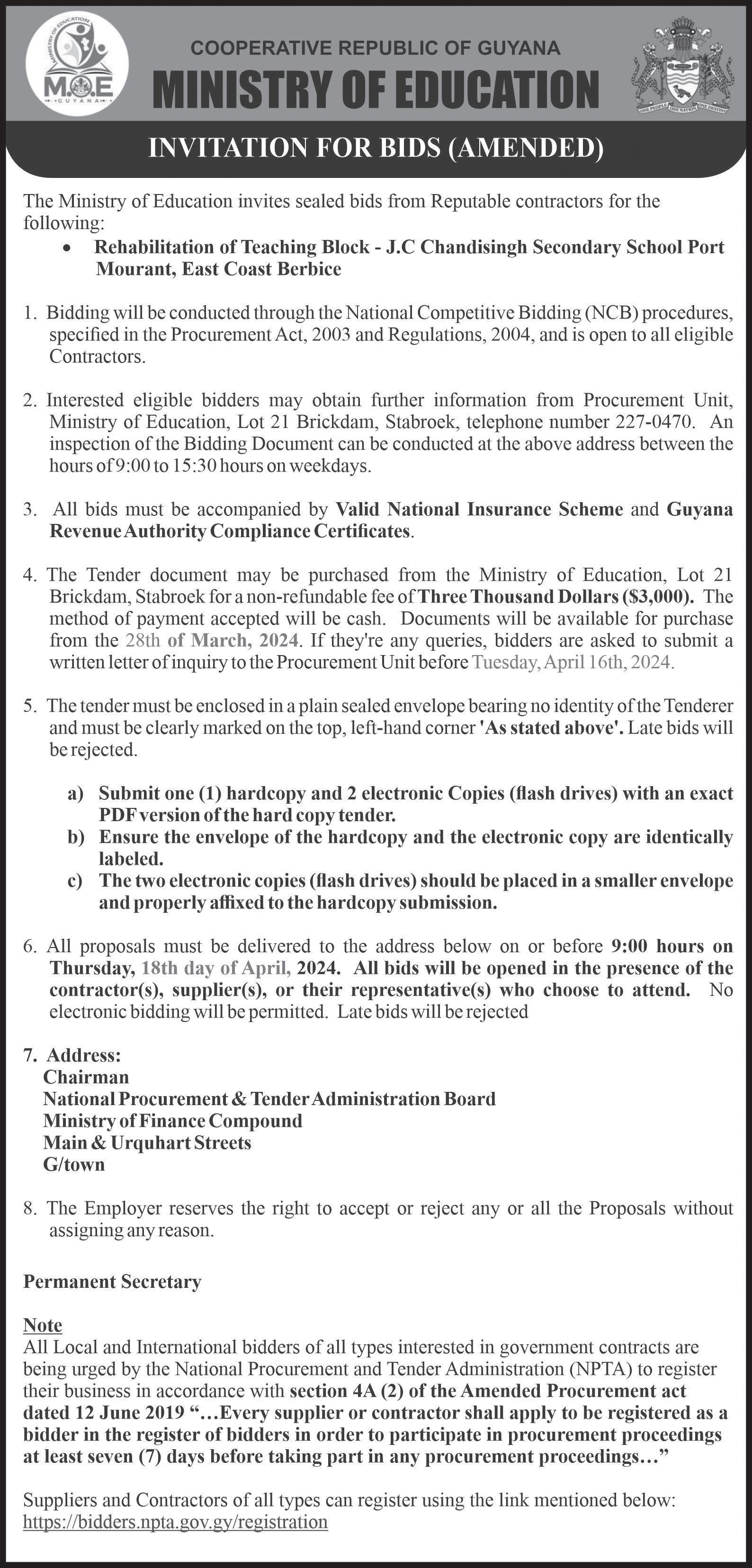
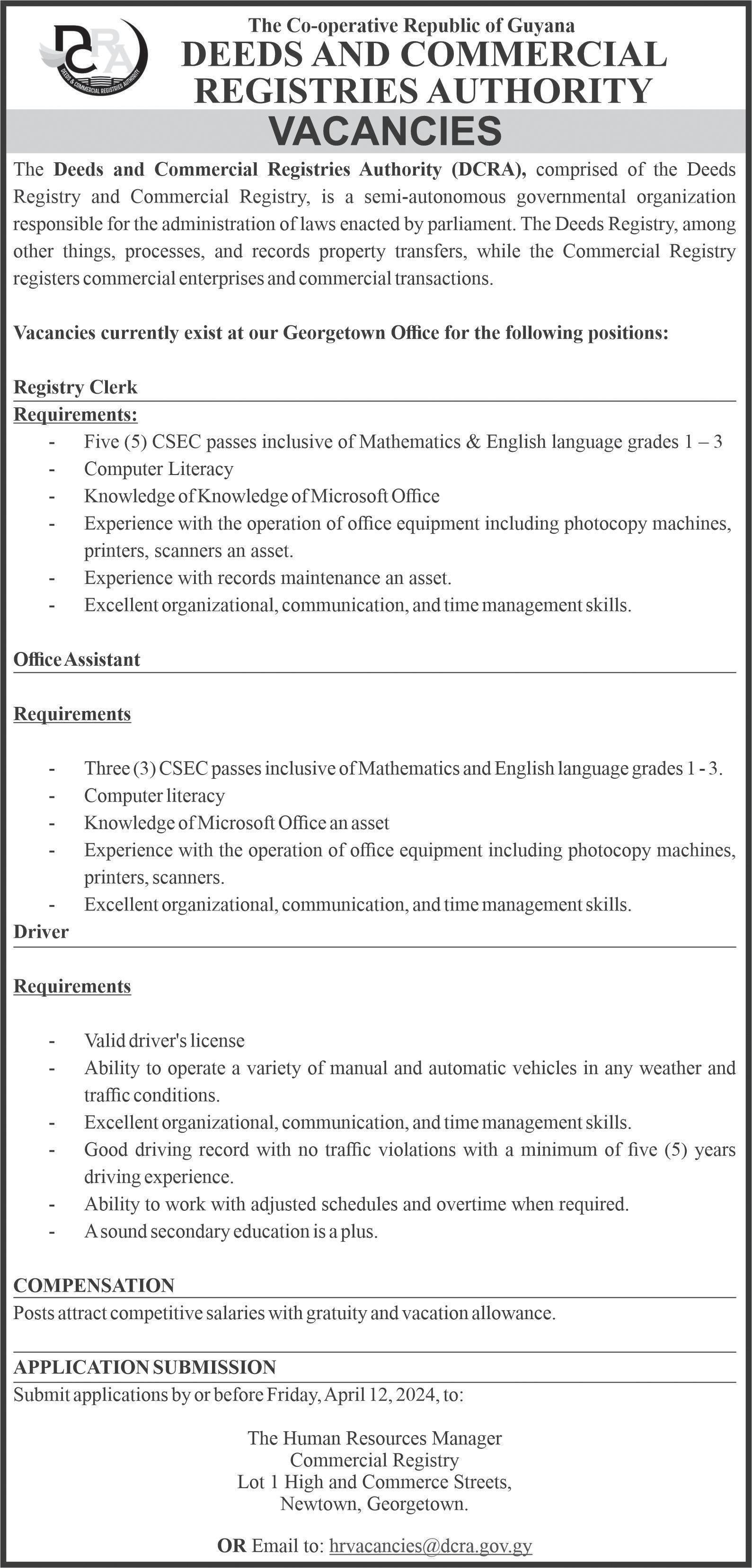


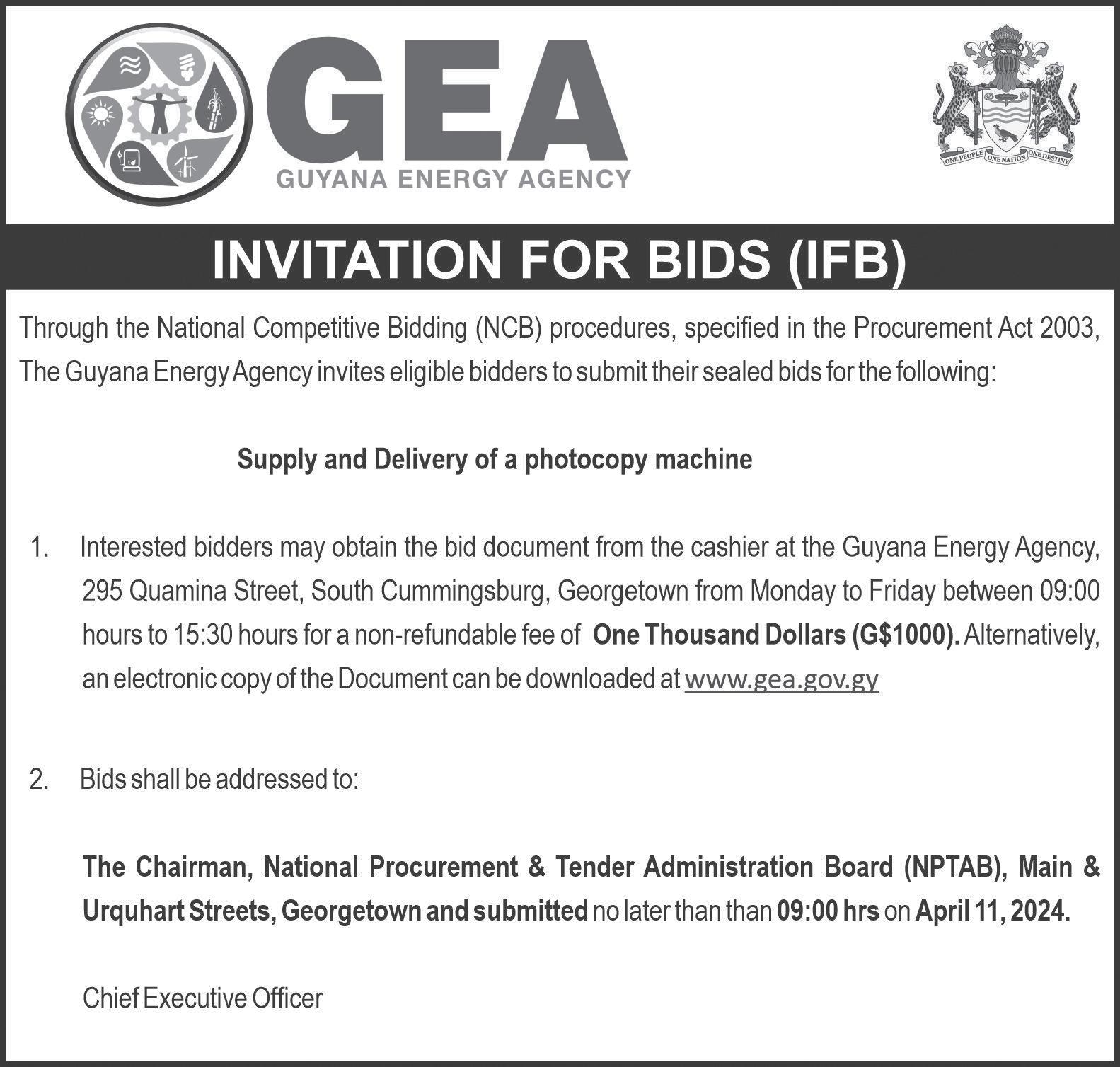



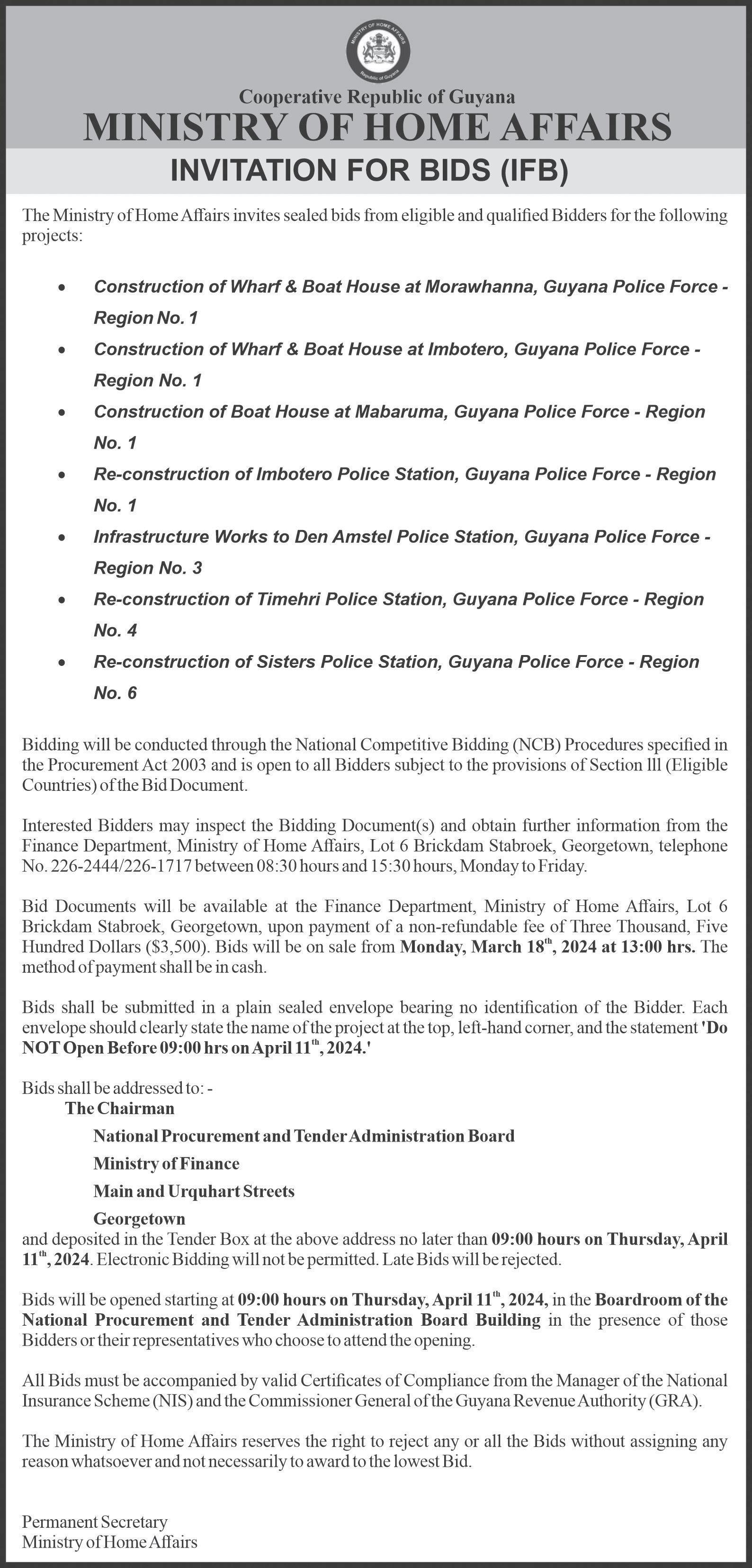
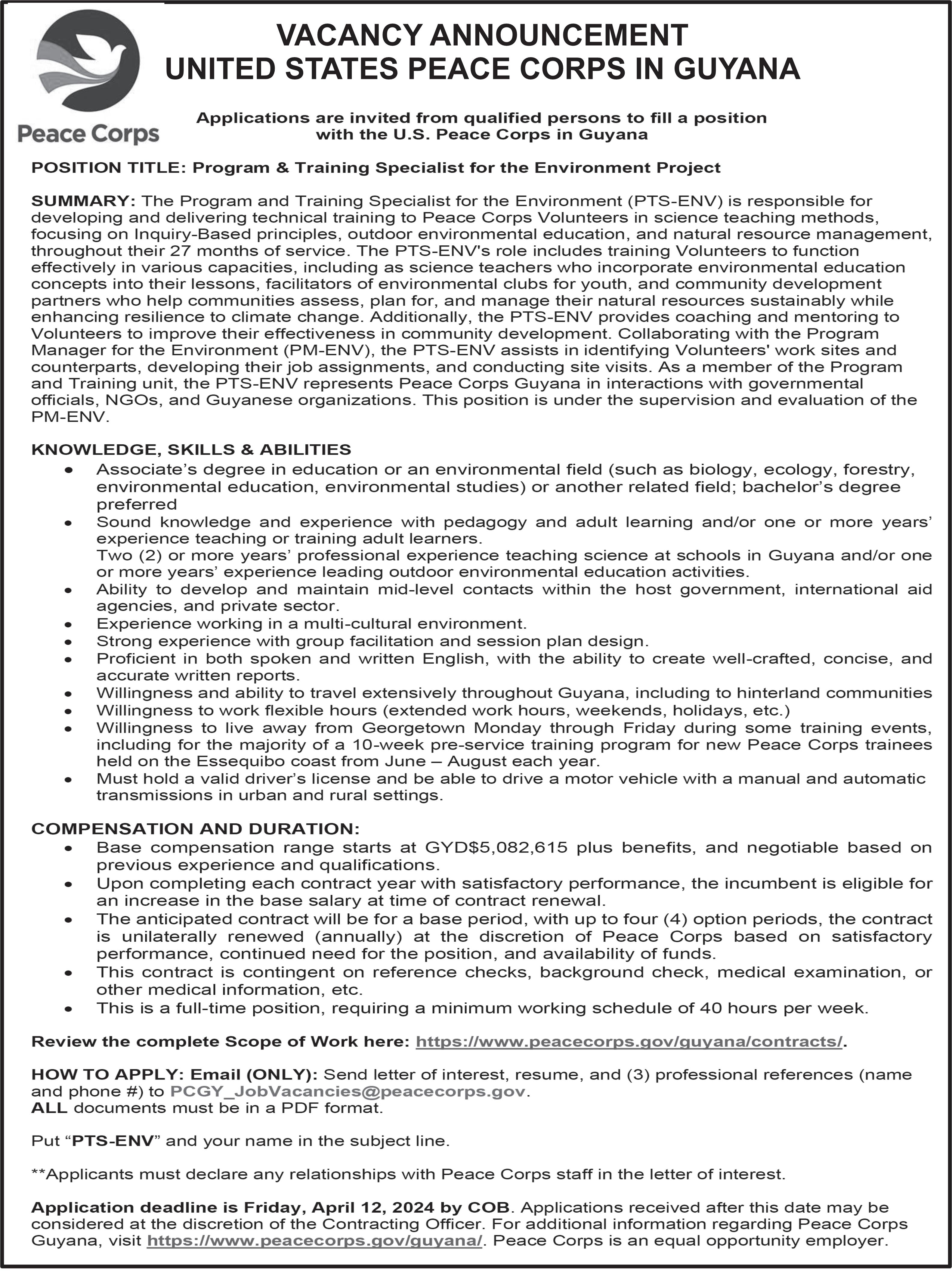

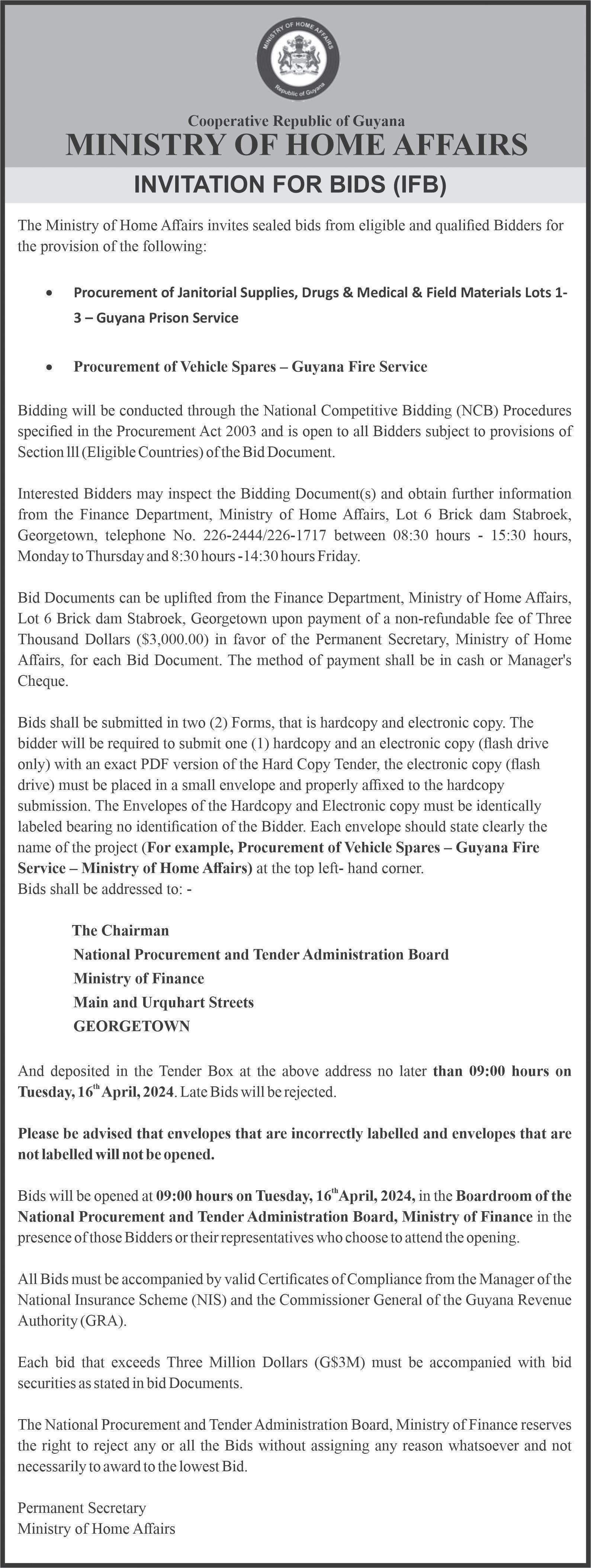

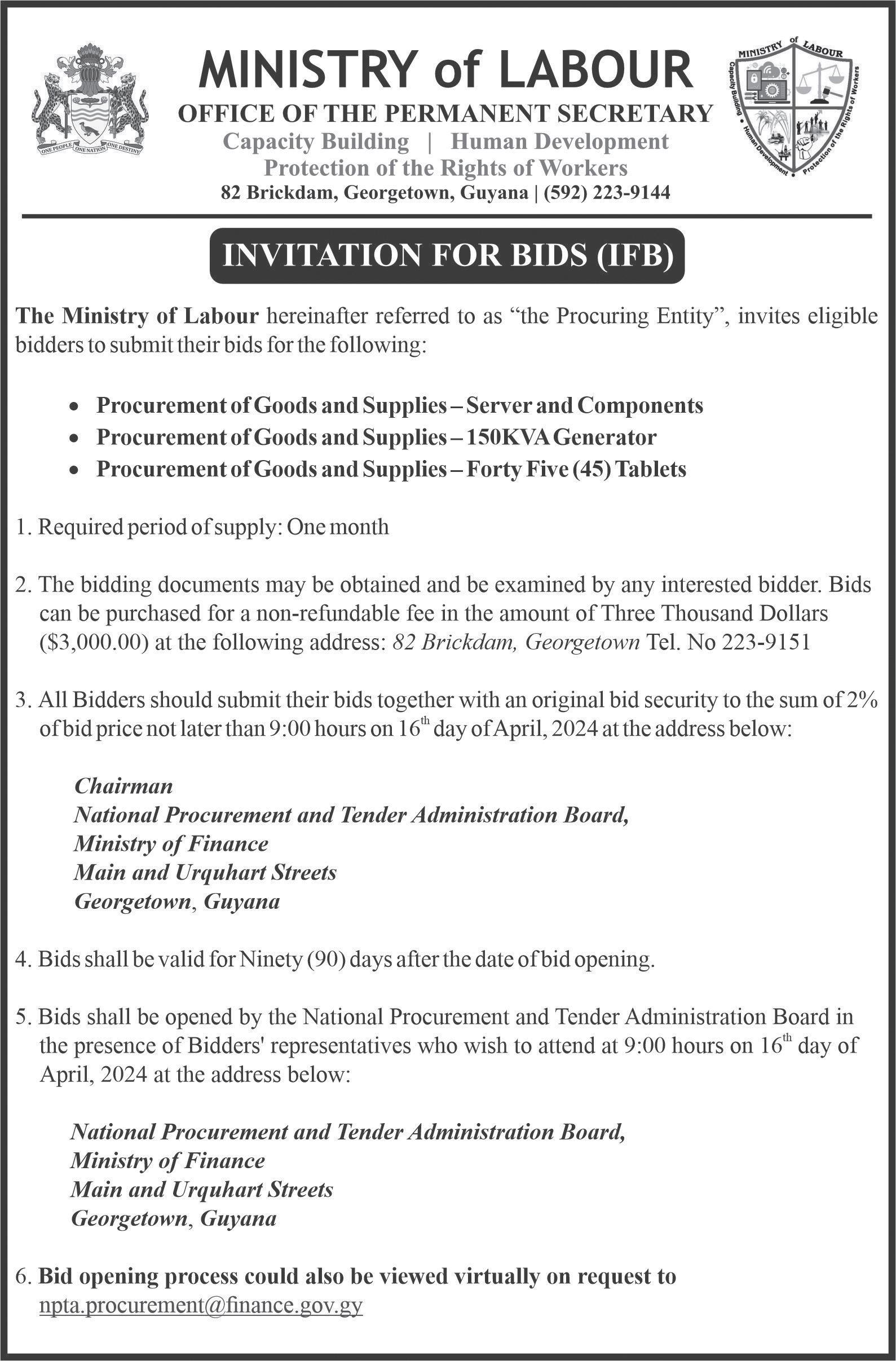
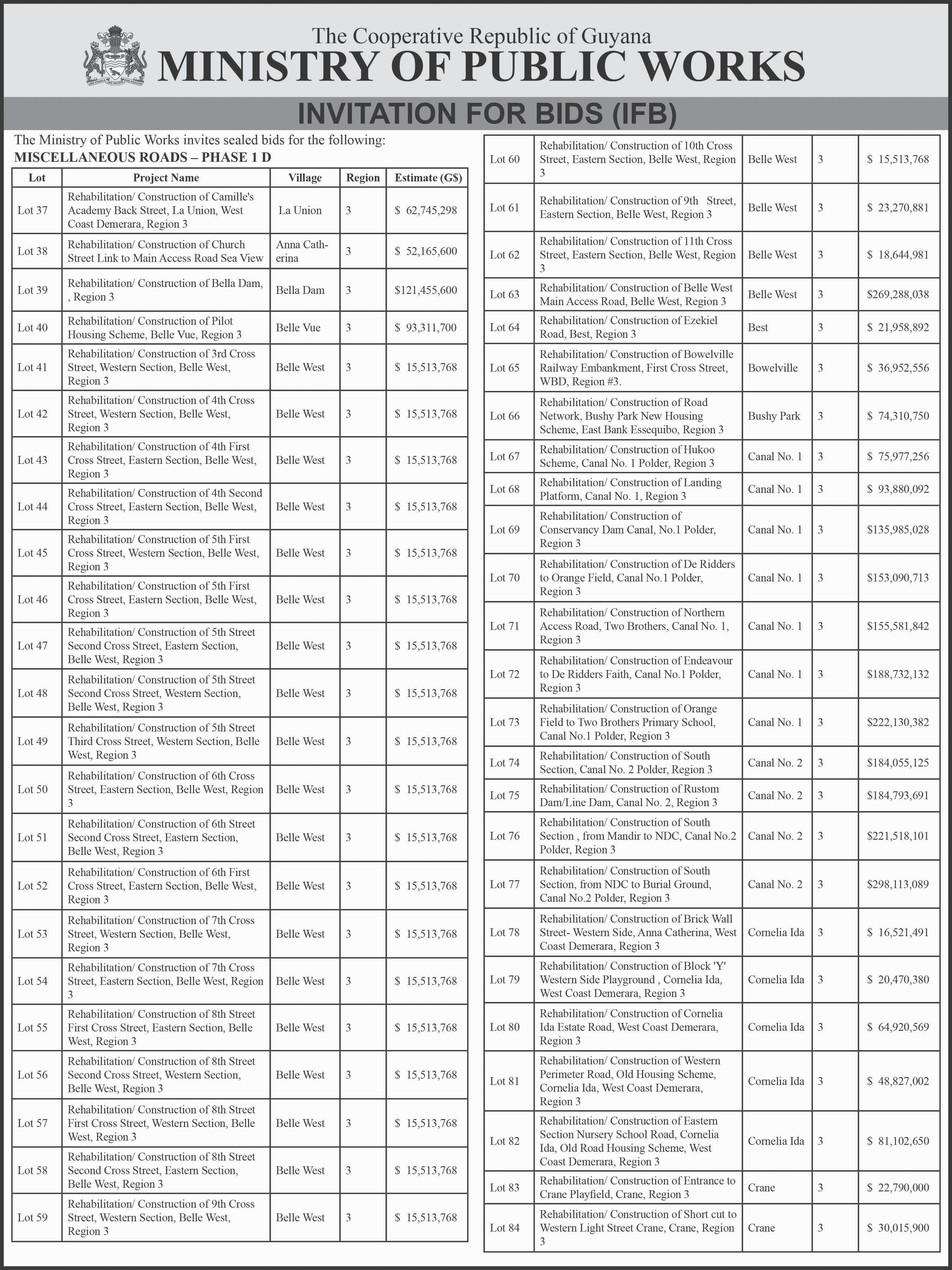
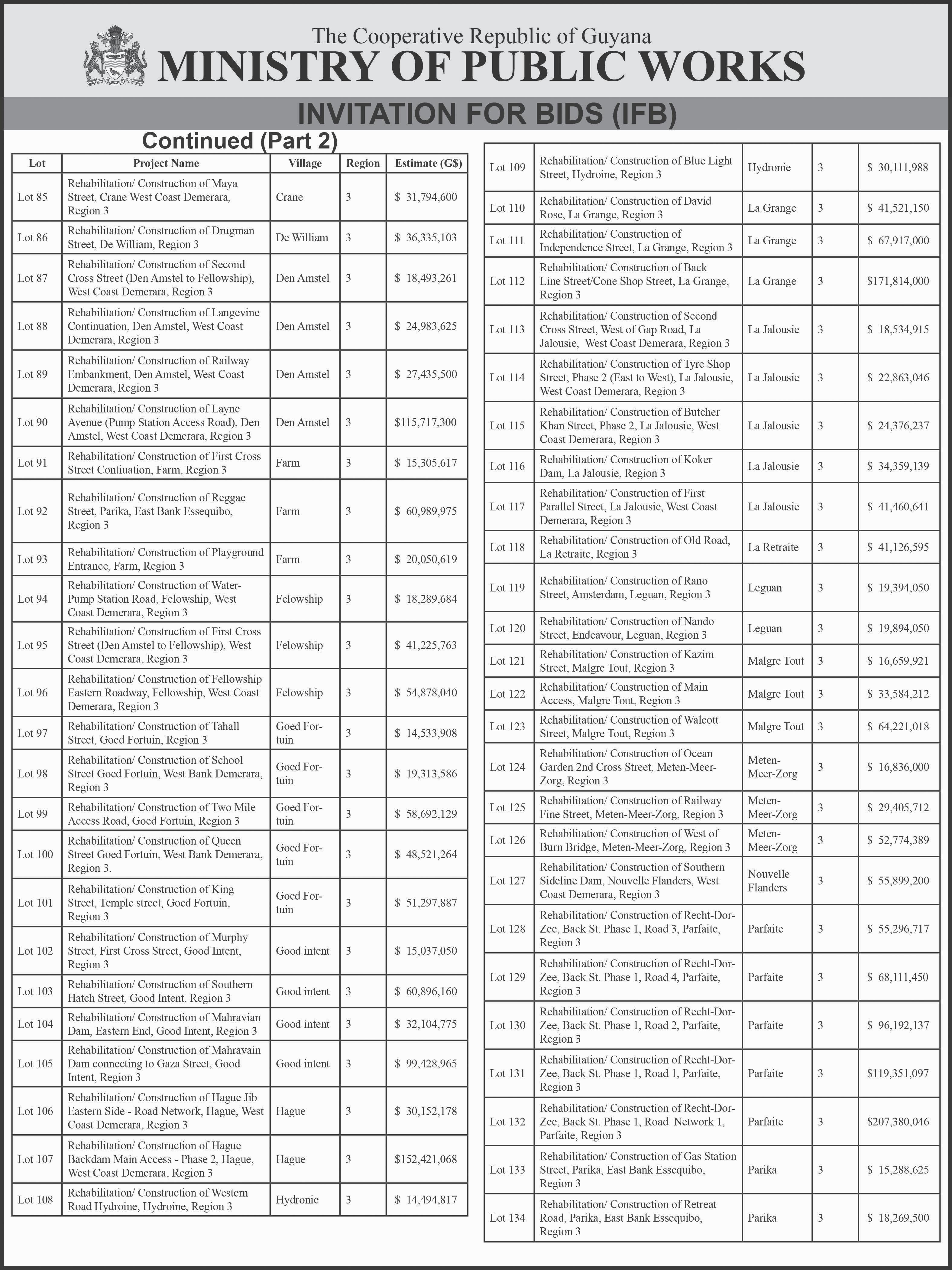
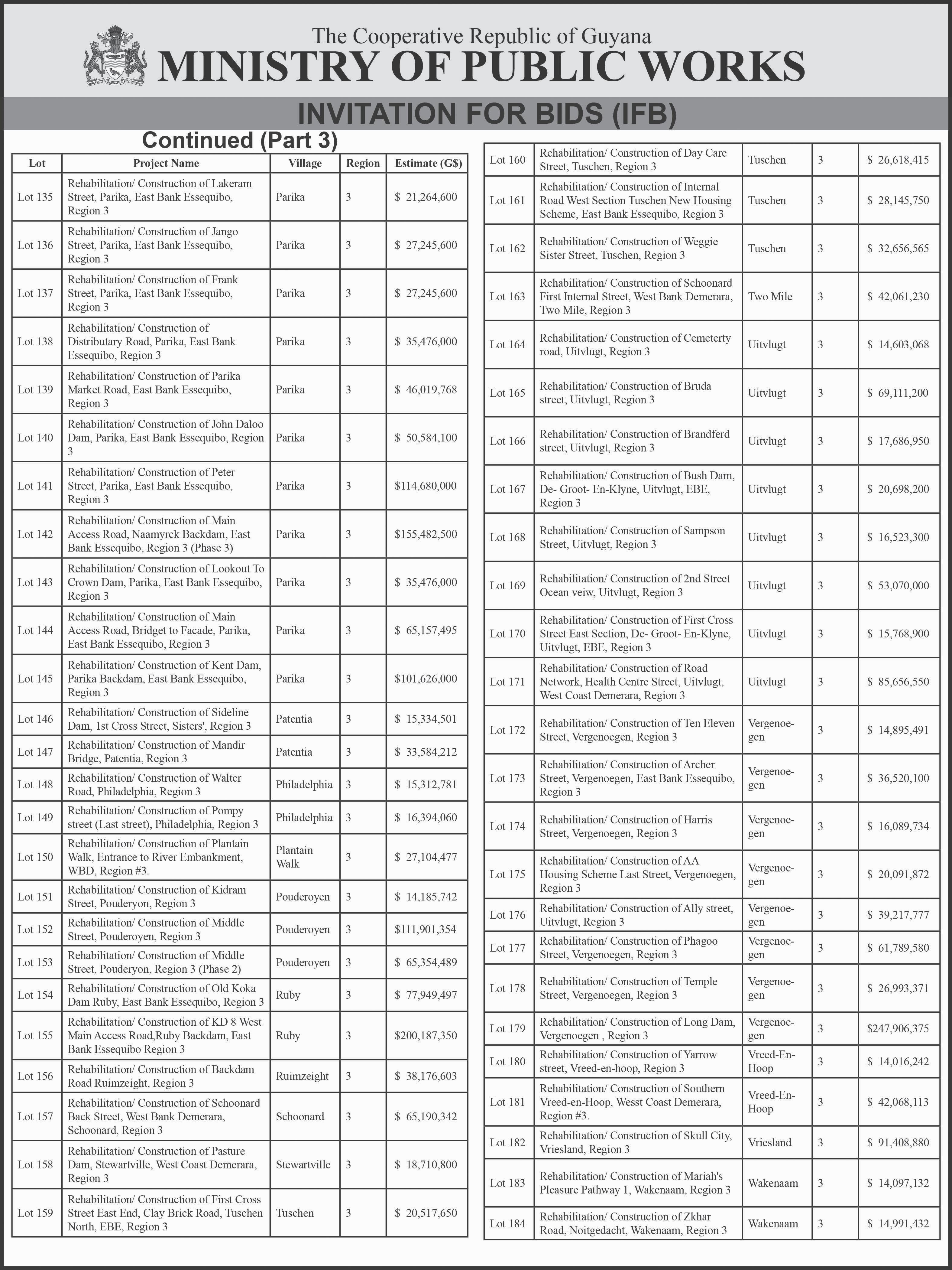
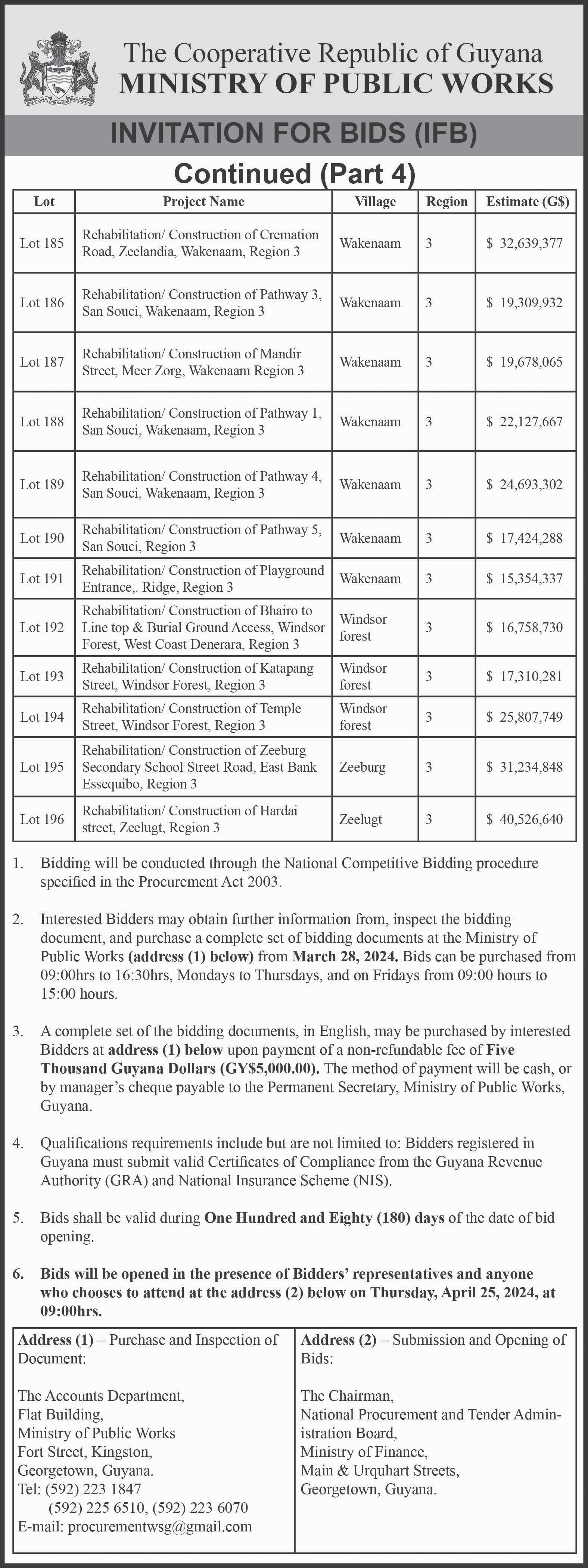
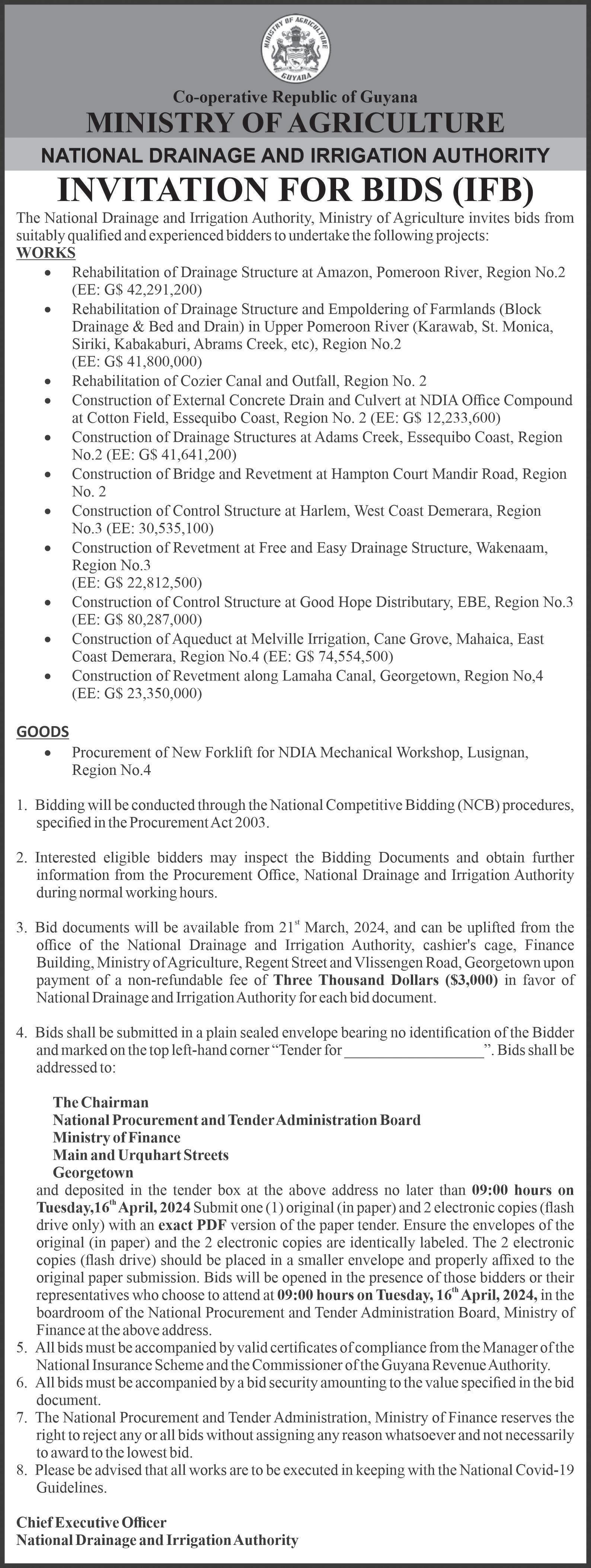
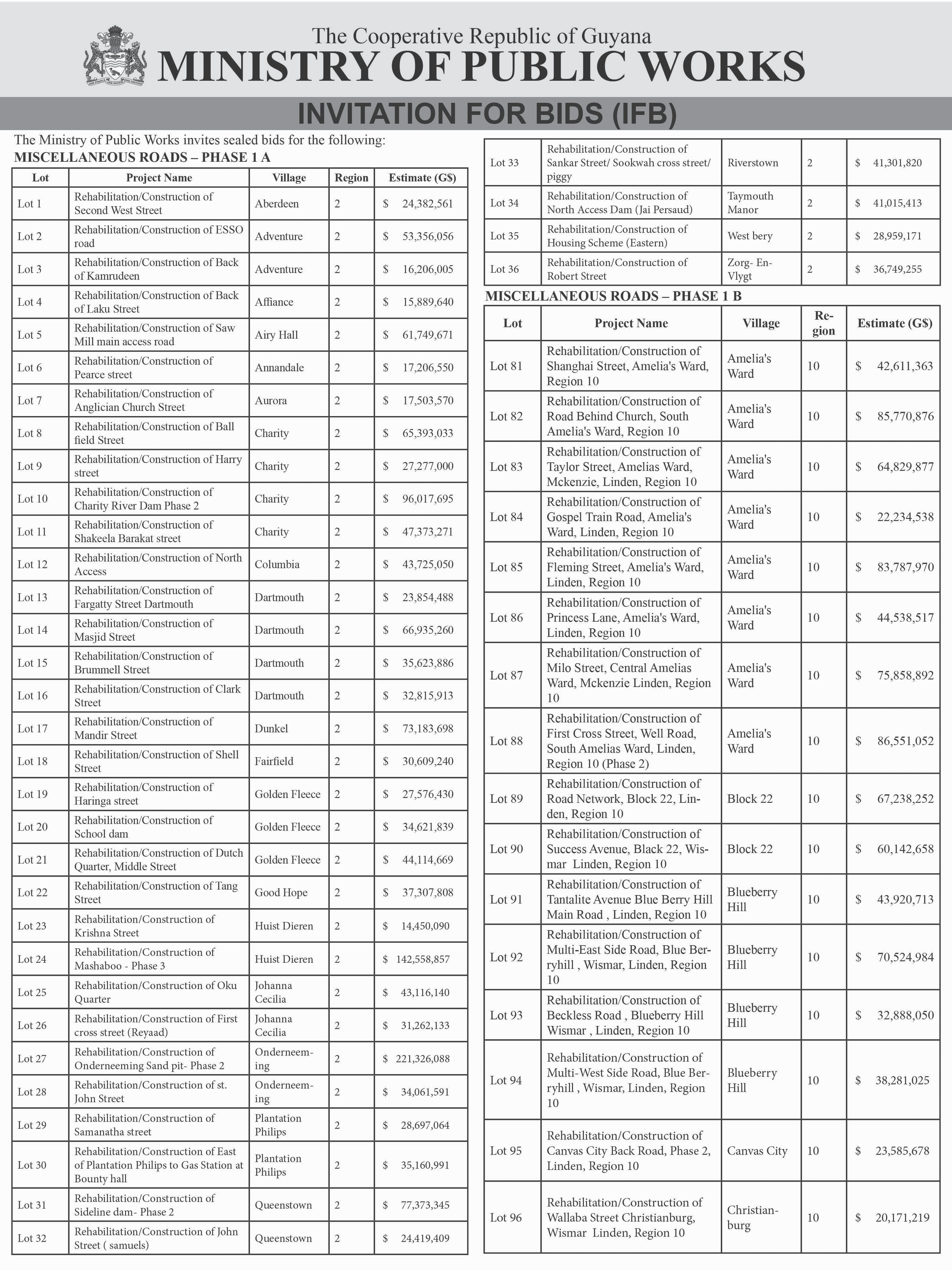
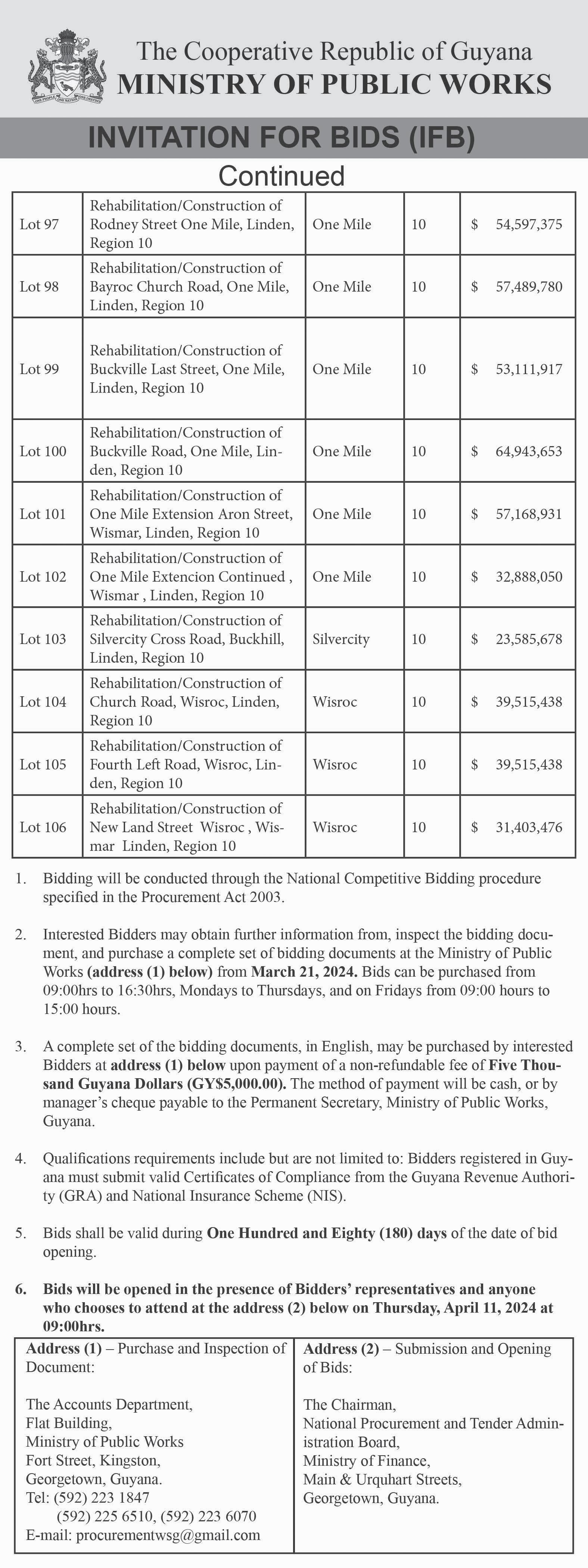
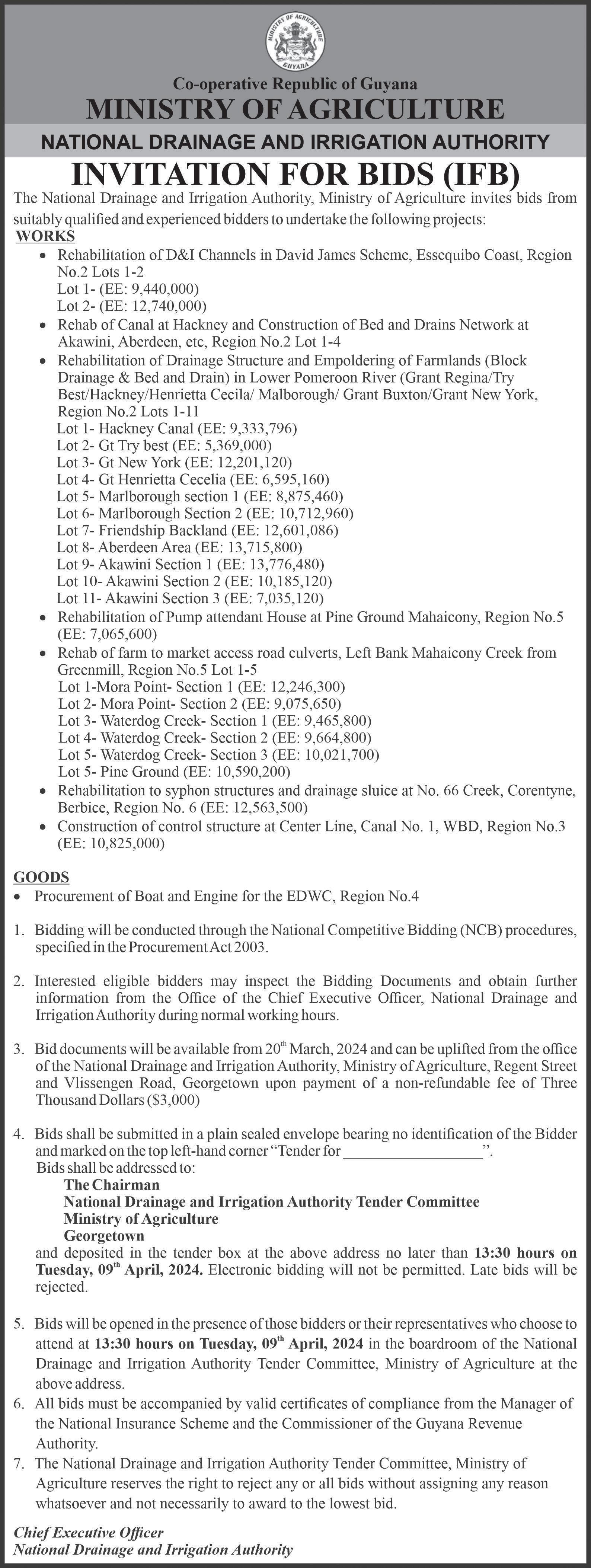



If the doors of perception were cleansed everything would appear as it is, infinite.
WILLIAM BLAKE (1757- 1827) A memorable Fancy, pl. 12-13
Dear Student,
Welcome dear friend. When studying a passage, it is good for you to recognise
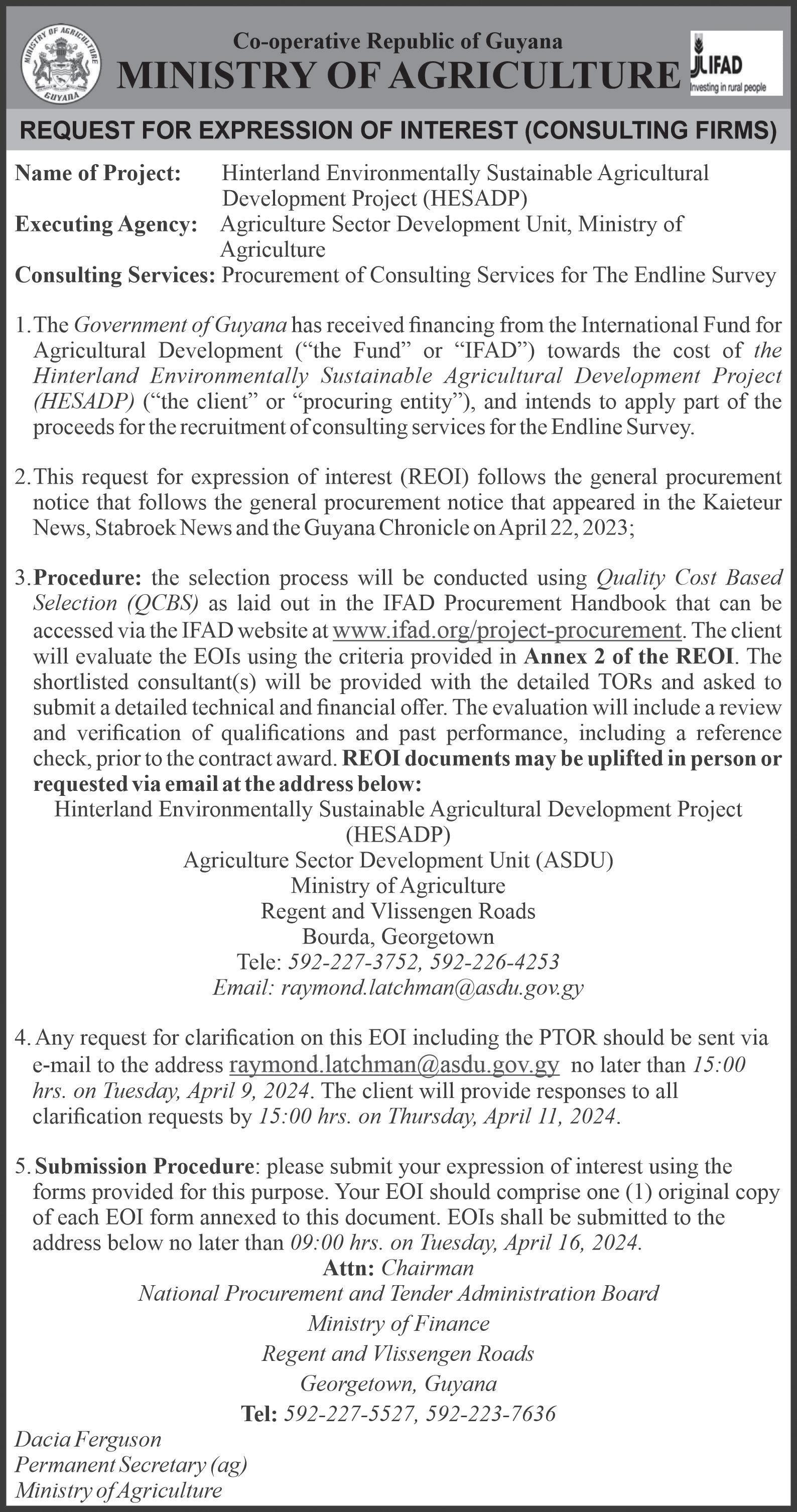
how the information in the passage is arranged. It determines the order of words in the sentences. The old information already known comes first and the new information to be understood comes after. Raise your reading efficiency by understanding the relations between parts of a text. The order of information distribution is important. It will help you find out new information more quickly. Be wise.
Love you.
Analysing and interpreting the poem
Notes: We look at the following three aspects of the poem.
i) Its language. Look at the deliberate word choices the poet makes to craft the poem. Understand how each word and its significance in each line contributes to the poem and to the story. Of course, some words will be strange and difficult to decipher; you look them up. Identify the tools: metaphors, similes, alliteration, assonance, and others that help sculpt the poem’s language.
ii) Its content. As you make your way through the language of the poem, look at the gist and subject, and message that reveal the theme. Consider when it was written to learn the history behind the poetic work and the language used. Find out where it was written. If you happen to be using a translation, see if there are other variations that can show how different translators interpreted the original work.
iii) Its narrator. Look at the speaker in the poem. Is the poem written from a first-person point of view, second-person, or third-person? What tone or tenor does the narrator convey? What does the poem sound like? Bear in mind that the identity of the speaker influences the telling of the poem and is based on his or her personal perspective.
The Poem
O Mistress Mine by William Shakespeare from Twelfth Night, Act I, sc. 3 O mistress mine, where are you roaming?
O, stay and hear; your true love’s coming, That can sing both high and low.
Trip no further, pretty sweeting; Journeys end in lovers meeting, 5
Every wise man’s son doth know.
What is love? ‘Tis not hereafter; Present mirth hath present laughter; What’s to come is still unsure.
In delay there lies no plenty, 10 Then come kiss me, sweet and twenty; Youth’s a stuff will not endure.
1a) “O Mistress Mine” is one of Shakespeare’s songs sung by one of his characters in a play. State explicitly what is happening in the story.
b) Which lines in the poem express the story’s idea?
c) Explain why in his day, the poet addressed the lady as ‘mistress’?
d) What is the tone of the poem?
2a) Read lines 7-10. Do they present an argument.
b) What is the argument?
3. Precise words create a sharp, clear image. List as many precise words along with their lines as you can get from this song.
4. Try rereading a story or letter that you received recently, and pinpoint words you would like to use to revise it, so it becomes sharper and more precise.
1). Reading for author’s purpose
Read the selection. Then, answer the question. A turning leaf stays partly green at first, then reveals splotches of yellow and red as the chlorophyll gradually breaks down. Dark green seems to stay longest in the veins, outlining and defining them. During the summer, chlorophyll dissolves in the heat and light, but it is also being steadily replaced. In the fall, on the other hand, no new pigment is produced, and so we notice the other colours that were also there, right in the leaf, although chlorophyll’s shocking green hid them from view.
(from “Why Leaves Turn Colour in the Fall” by Dianne Ackerman)
1. What is the author’s general purpose?
(A) to entertain
(B) to persuade
(C) to take aback (D) to inform
2. Which sentence best describes the author’s specific purpose?
(A) She is describing chlorophyll’s role in photosynthesis.
(B) She is comparing both weather of summer and fall.
(C) She is describing various shades of green.
(D) She is explaining why leaves change colour.
2). Reading to summarise
The most spectacular range of fall foliage occurs in the north-eastern United States and in eastern China… European maples don’t achieve the same flaming reds as their American relatives, which thrive on cold nights and sunny days. In Europe, the warm, humid weather turns the leaves brown or mildly yellow. Anthocyanin, the pigment that gives apples their red and turns leaves red or red-violet, is produced by sugars that remain in the leaf…. The fiercest colours occur in years when the fall sunlight is strongest and the nights are cool and dry.
(from “Why Leaves Turn Colour in the Fall” by Dianne Ackerman)
1. Which is a main point of this paragraph?
(A) European fall weather is warm and humid.
(B) China has spectacular fall foliage.
(C) Weather affects leaf colour.
(D) Some leaves turn brown or yellow.
2. Which is the best summary?
(A) The north-eastern United States and China have the most colourful foliage.
(B) Fall leaves are most colourful with cold nights and warm days.
(C) Autumn leaves in the U.S. are more colourful than those in Europe.
(D) Cool weather turns U.S. trees red.

PHYSICIANS such as gynaecologists often refer to a dental examination in addition to a history and physical examination prior to pregnancy to assess your overall health, nutritional status, and to determine the presence of any chronic or acute illnesses that might affect the baby’s health.
Conditions such as malnutrition, high blood pressure, diabetes, and infections could increase the risk of a pre-term birth. In addition, during your physical exam, you will be asked whether you are taking any prescribed or over-thecounter medications. Many pharmaceutical agents, even aspirin, have been found to be harmful to the foetus, especially in the first trimester of pregnancy (the first three months).
For all the above reasons, women considering pregnancy should also receive a complete dental check-up. We tend to think of the health of the mouth and its structures as being separate from the health of the body. Researchers are discovering more and more connections between oral diseases and their impact on systemic health. Just as your physician conducts a thorough health evaluation, your dentist will examine your mouth to assess your oral health and determine the presence of any acute or chronic conditions of the intra-oral cavity that may affect your baby’s health. Pregnancy stresses all aspects of a woman’s health, including her dental health. Preliminary studies have shown that hormones during pregnancy can change the chemical makeup within the mouth. This might result in an increased risk of gum disease if brushing and flossing aren’t performed regularly. Tooth decay may also accelerate more quickly if morning sickness is severe. This is a result of stomach acids lingering in the mouth after vomiting, which can be extremely corrosive to vulnerable teeth. Rinsing the mouth as soon as it can be tolerated is the best way to prevent further damage. Oral infections during pregnancy not only affect maternal health, but may also pose a health risk to her unborn child. Preliminary research has recently shown that women with gum disease are seven to eight times more likely to deliver premature infants with low birth weights. Scientists believe that the presence of a low-grade infection may influence the body to discharge substances associated with pre-term birth. Often, antibiotics are one of the treatments for infections such as periodontitis, but like all medications, they can cross placental barriers and may affect foetal health. Therefore, dentists prefer to use them cautiously when treating pregnant women.
For most dentists, the approach to dental care in pregnant women is dedicated to maintaining good oral health during pregnancy through preventative measures. More extensive treatment is generally conducted only when it cannot be safely delayed. Dentists use the trimester as a guide in how to proceed in the dental care of their pregnant patients. During the first trimester, prophylactic treatment-cleaning is generally permissible. However, dental procedures that can wait will generally be postponed until the second trimester. Your dentist may want to examine your mouth for hormonal changes that may result in oral diseases. Procedures that can’t wait or conditions requiring immediate intervention may be carried out at this time. Again, elective procedures should be postponed. Dental care during the third trimester may be carried out, but dental health care professionals must be alert to a condition known as supine hypotensive syndrome. Lying flat for extended periods during the third trimester of pregnancy can compress the major veins and arteries and ultimately may result in loss of consciousness.
Regular dental examinations combined with daily brushing and flossing aren’t just good for oral health. They also help prevent conditions that affect the entire body. If you are considering pregnancy or are already pregnant, don’t forget the importance of professional dental care and good oral hygiene measures. This will never be more important than when two lives are involved during pregnancy.
